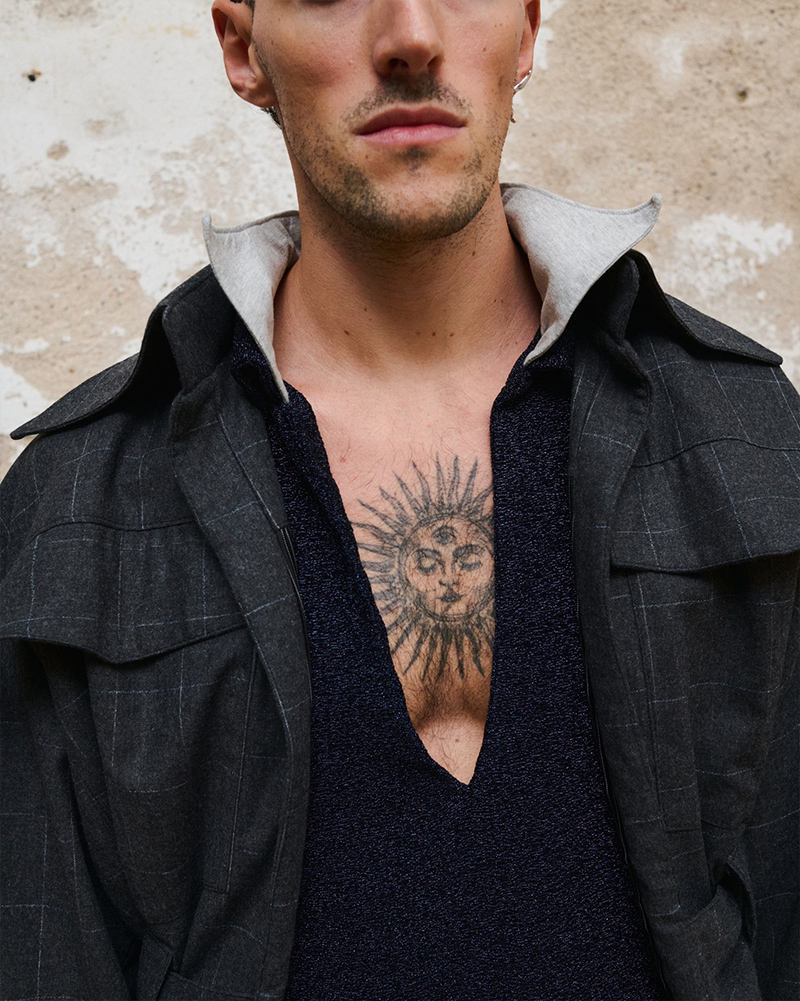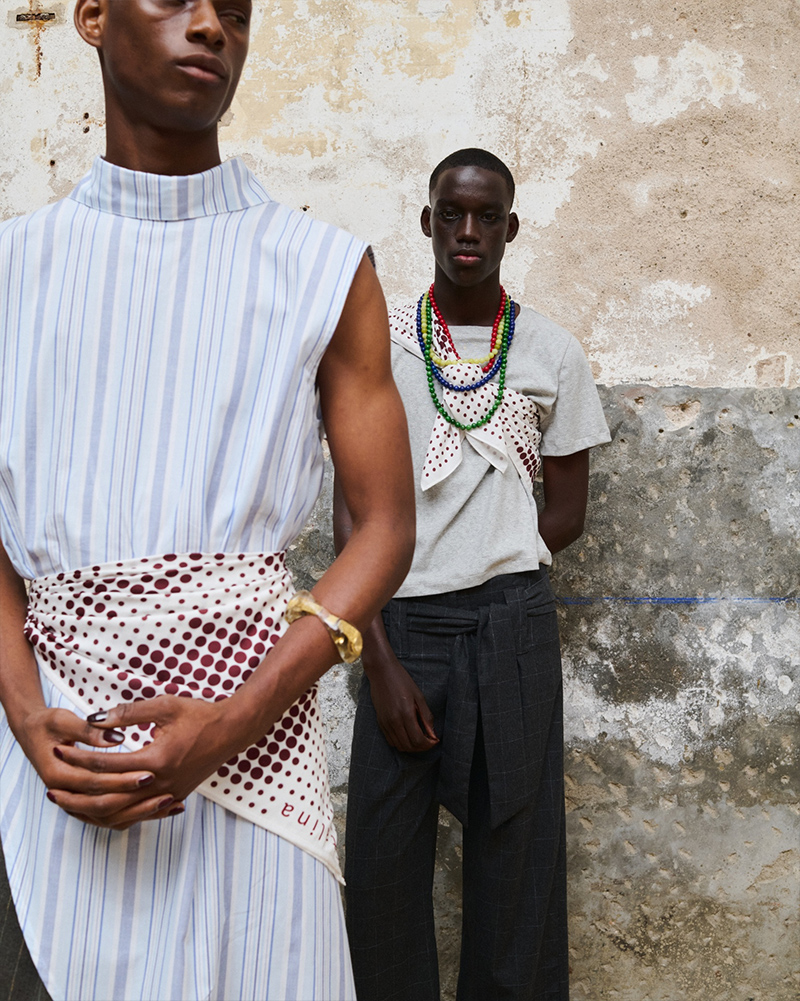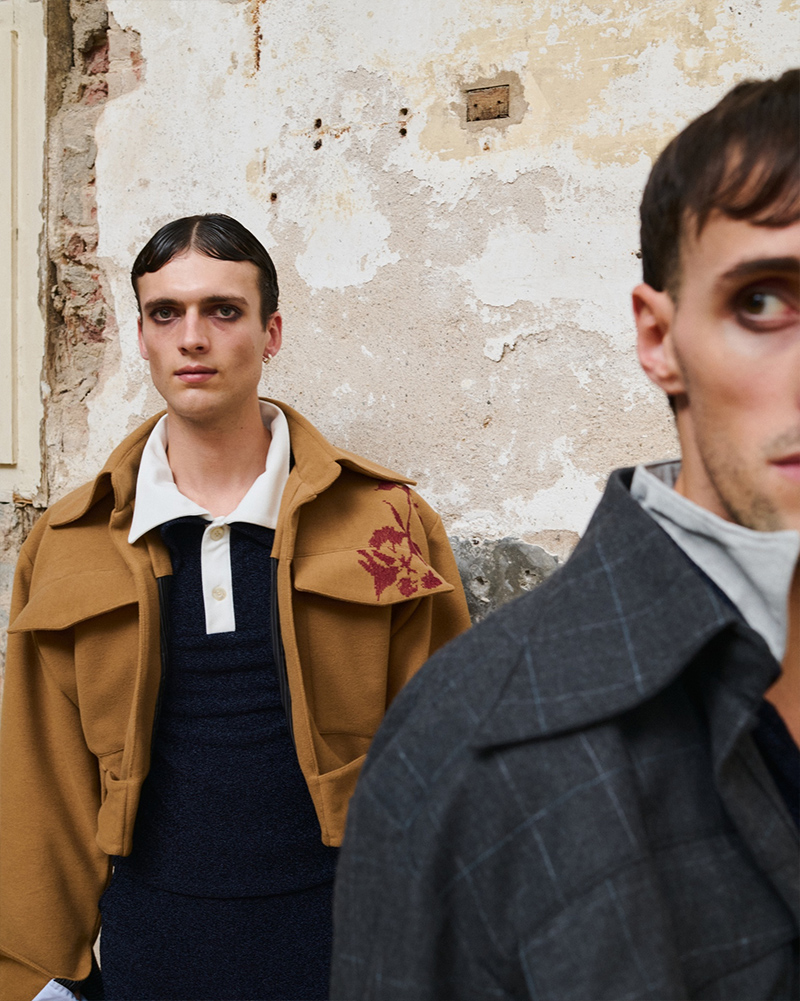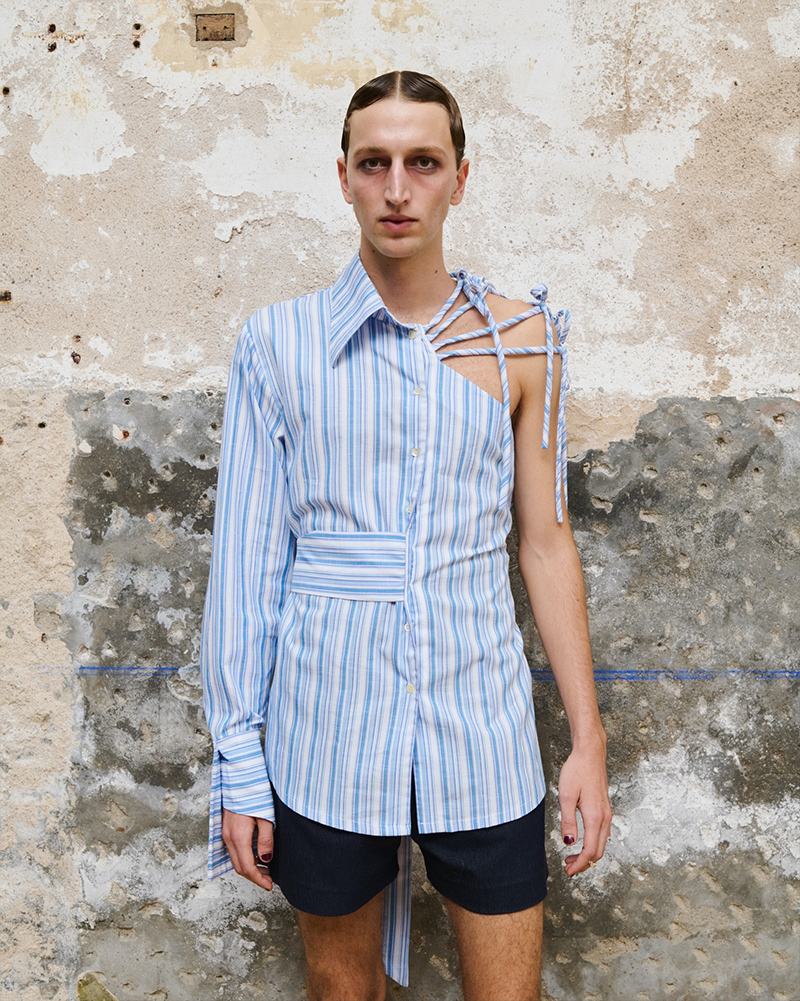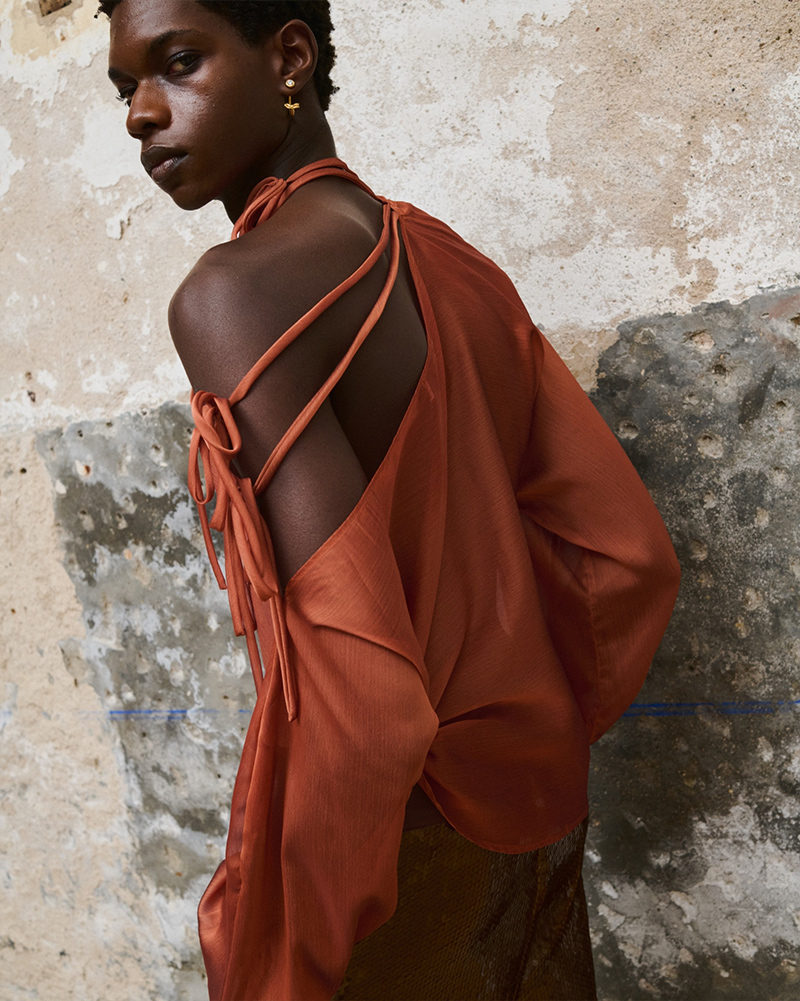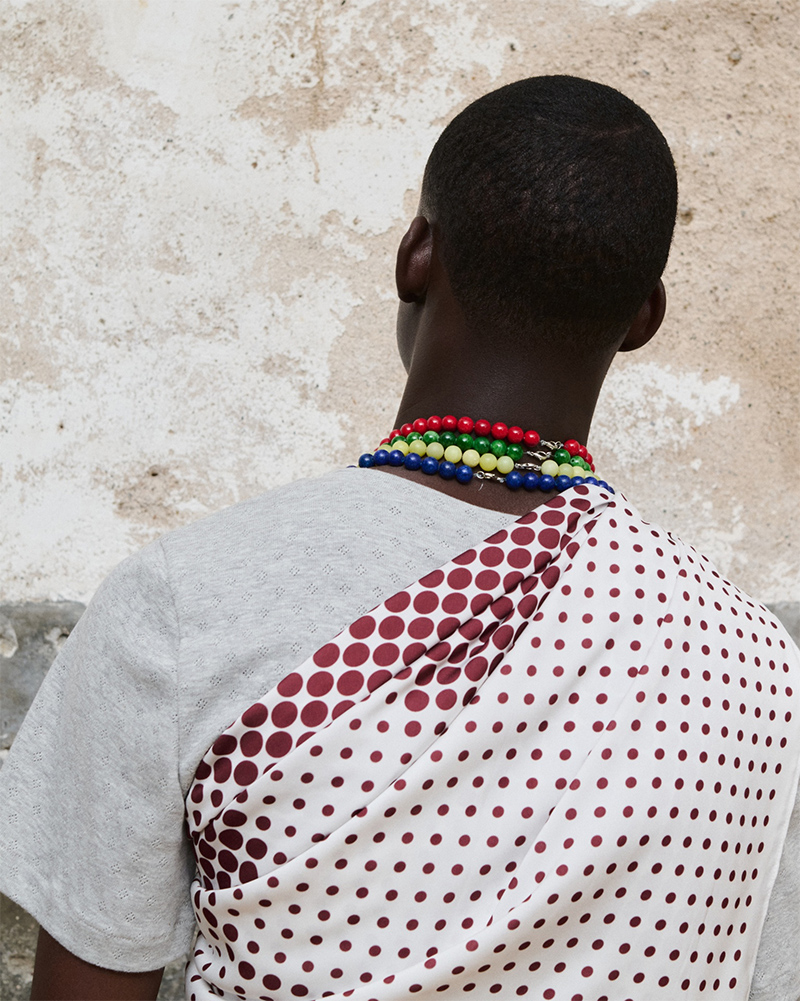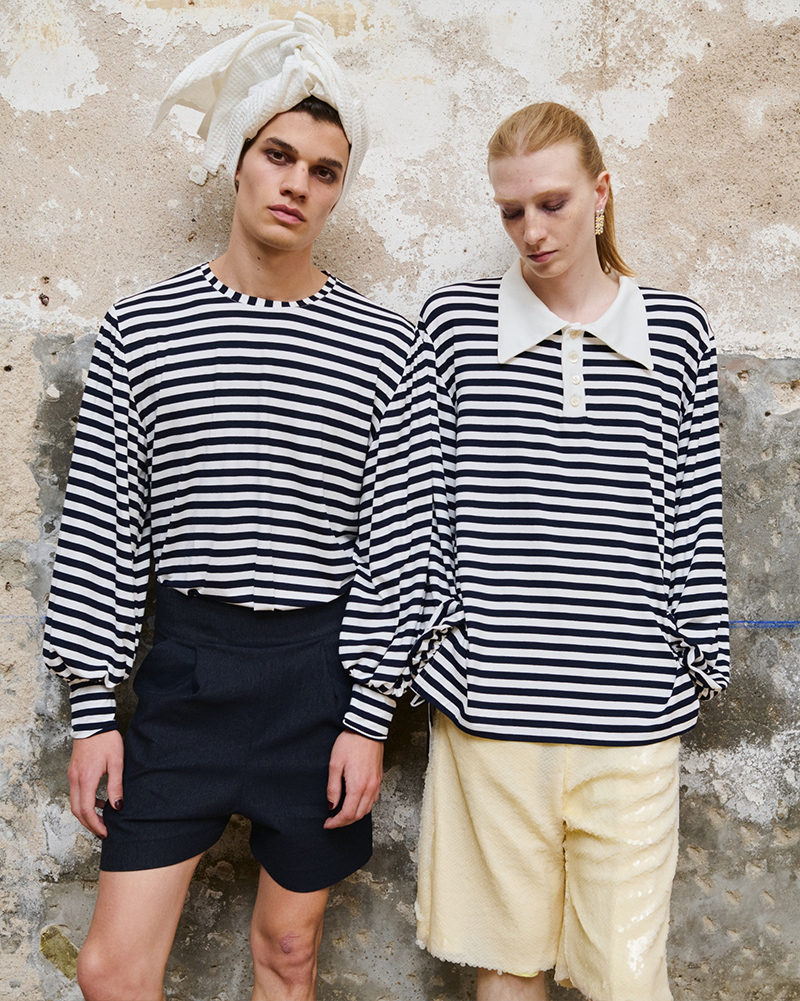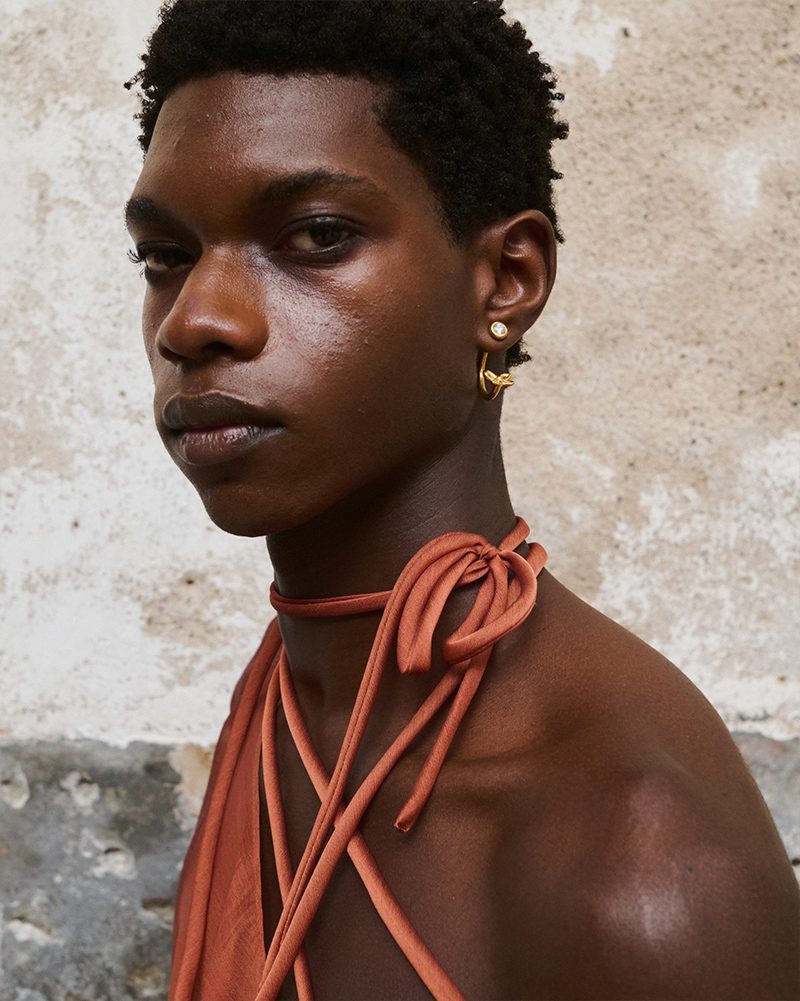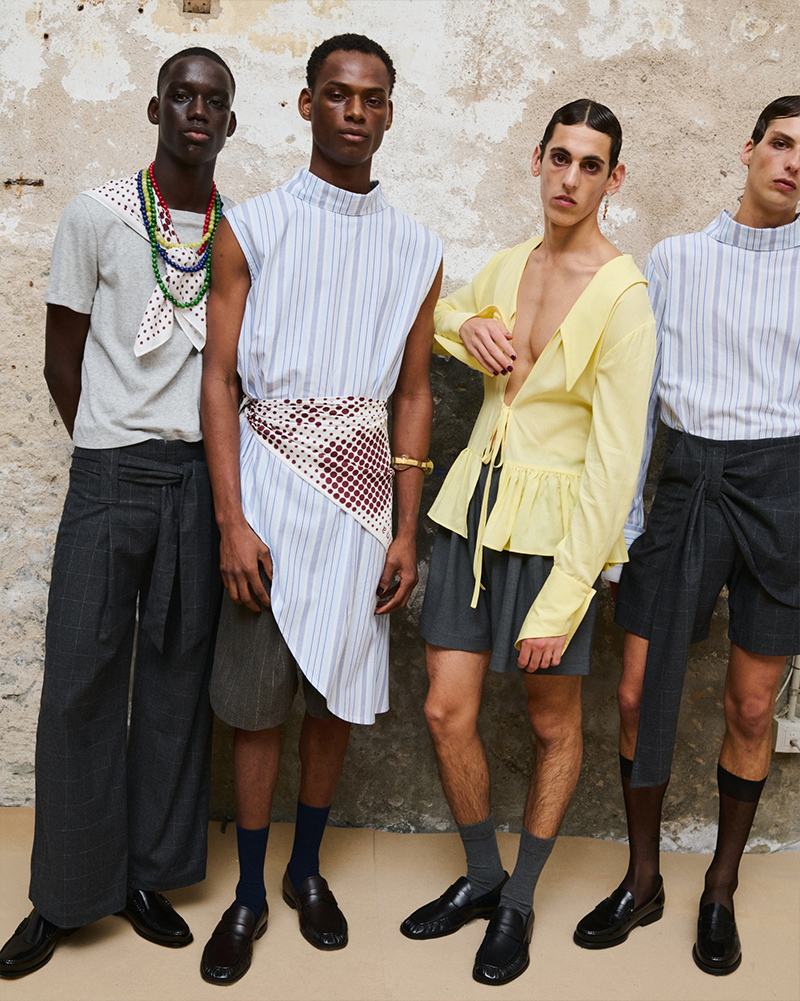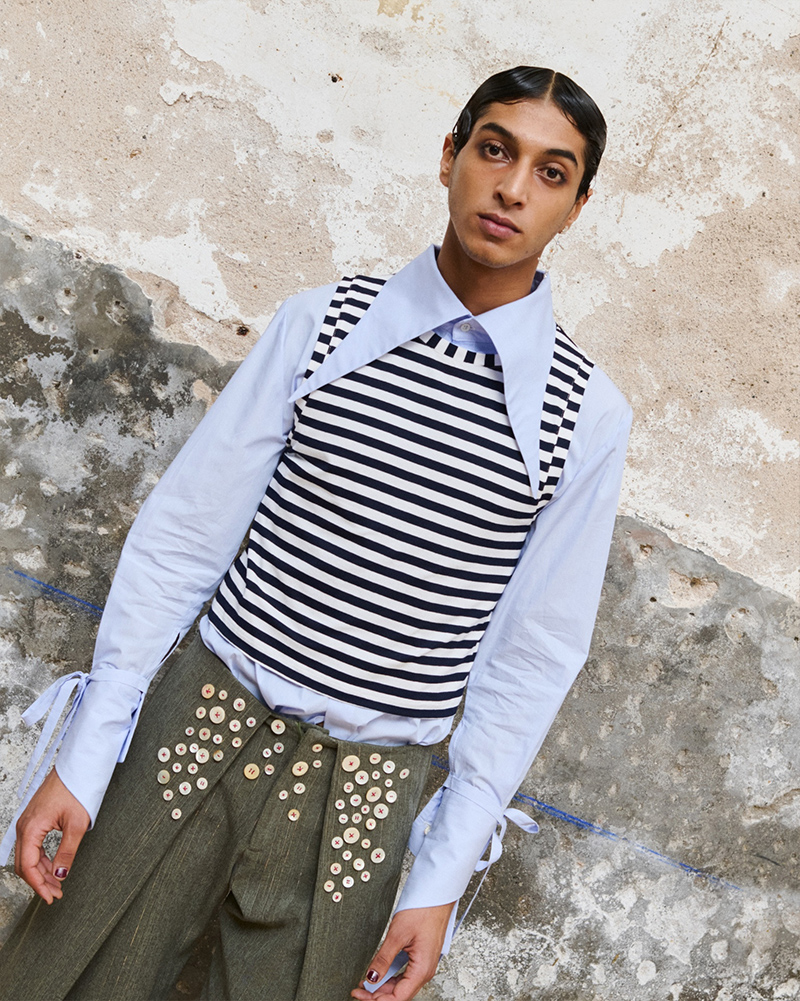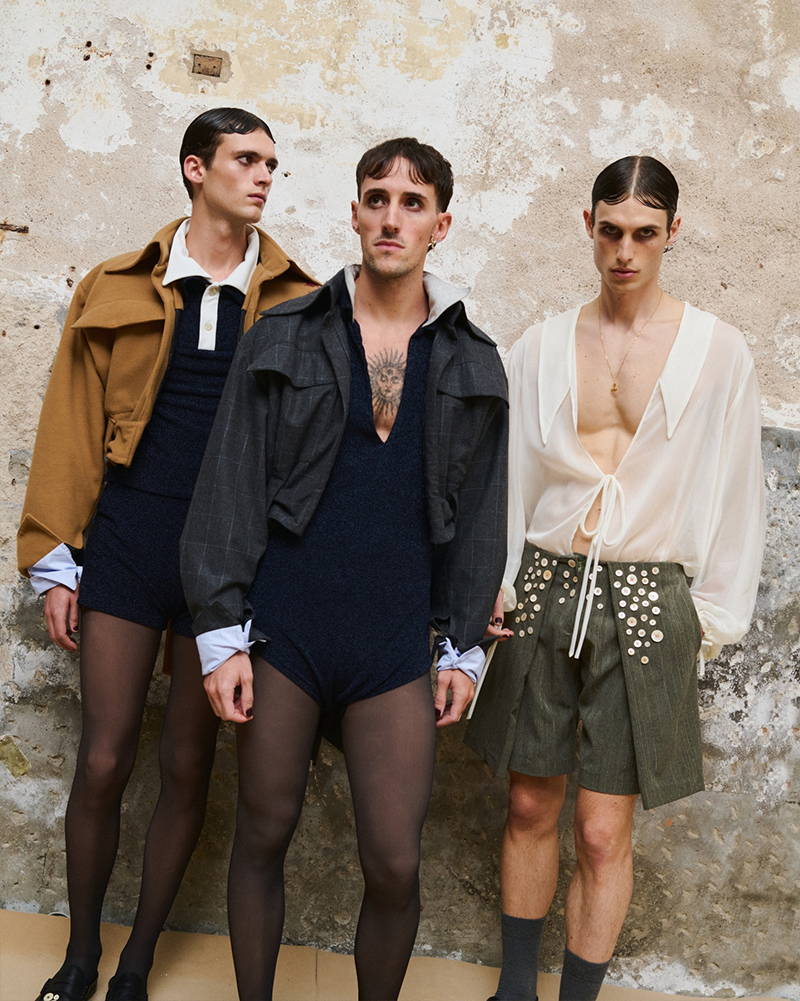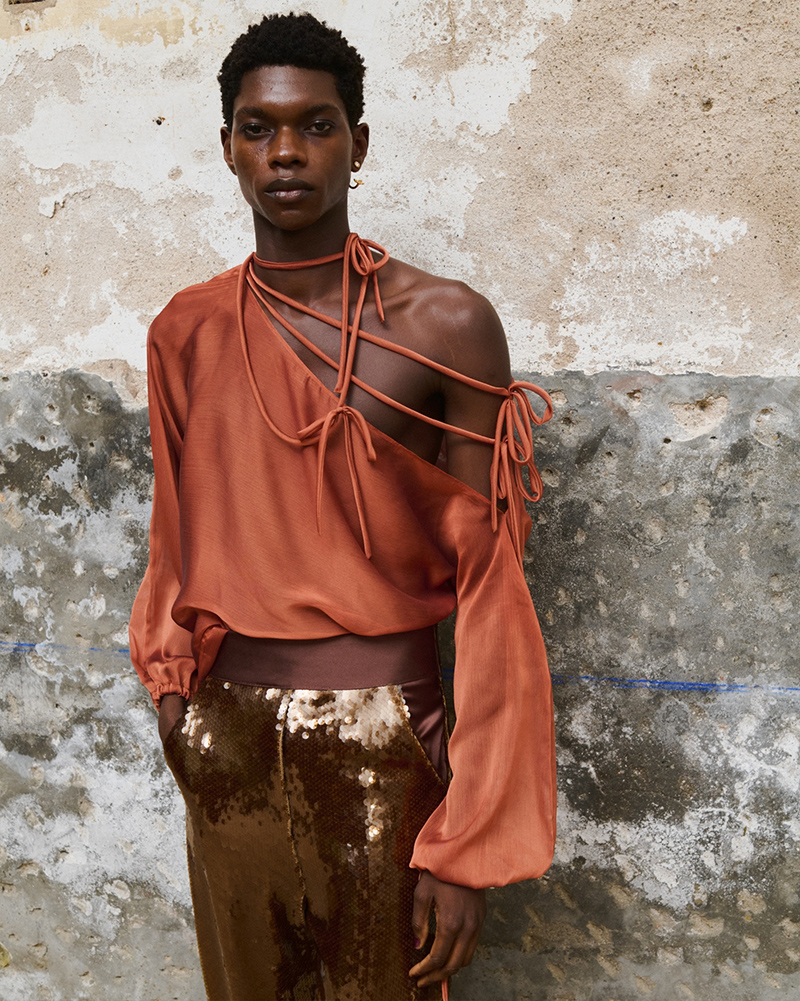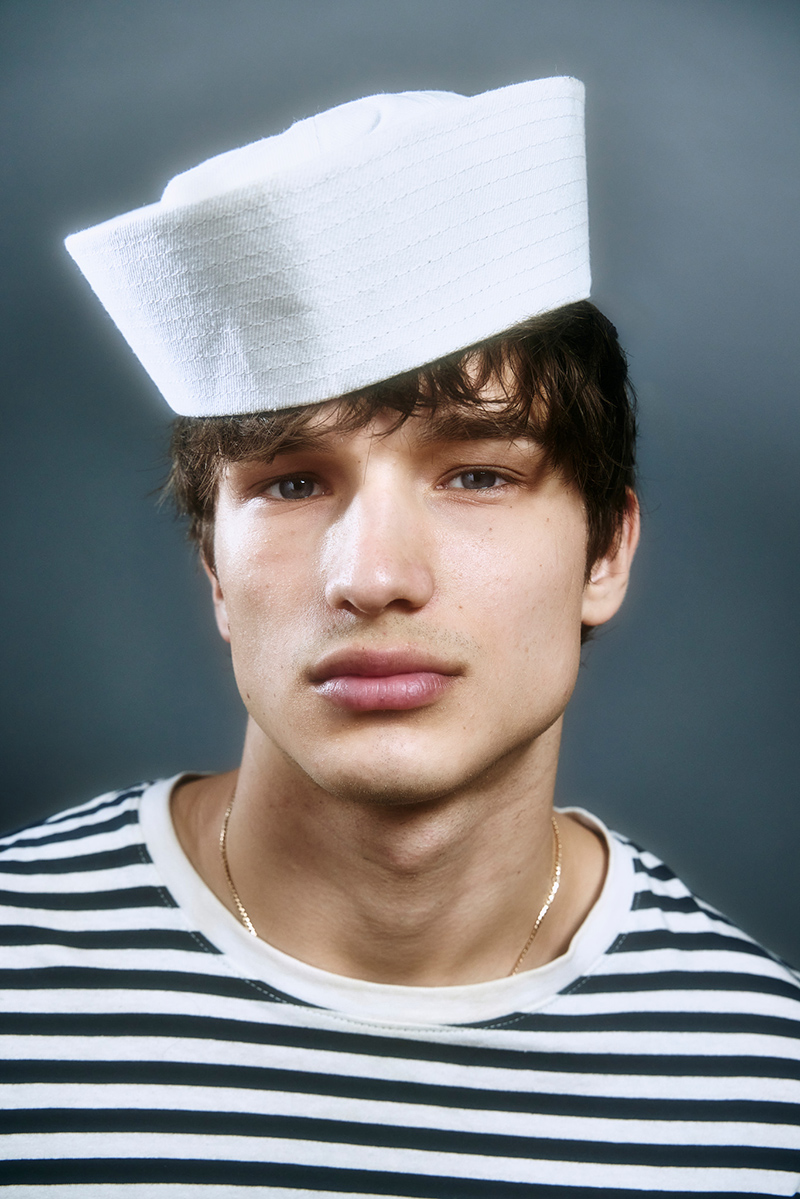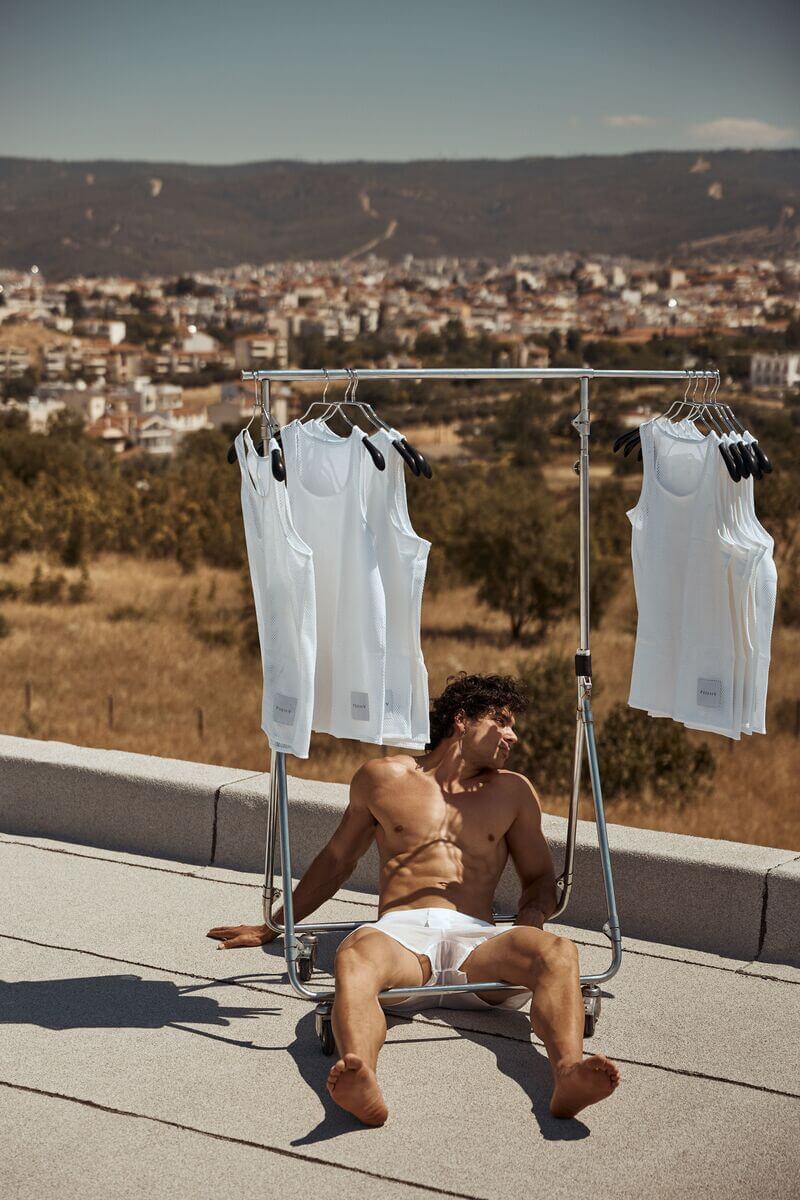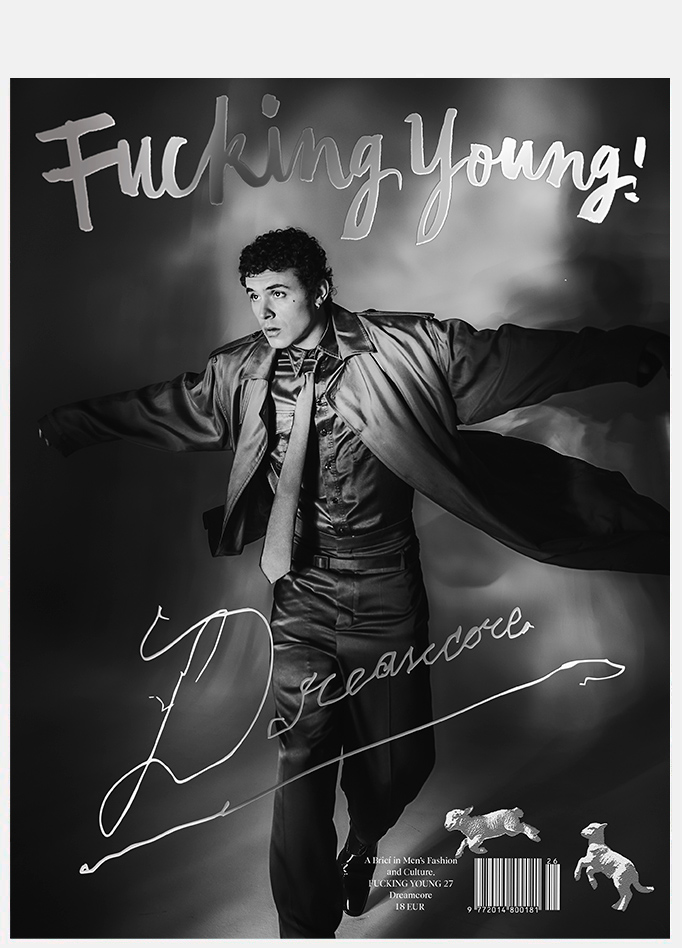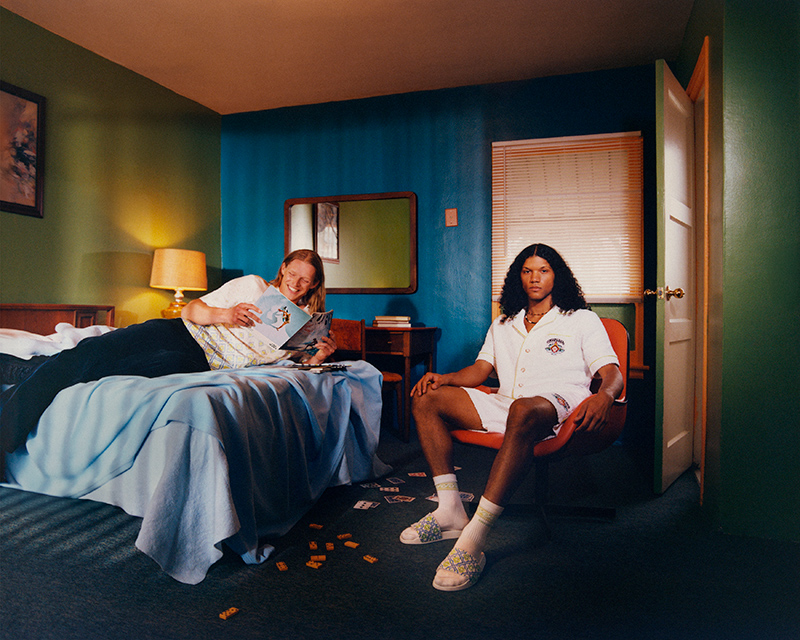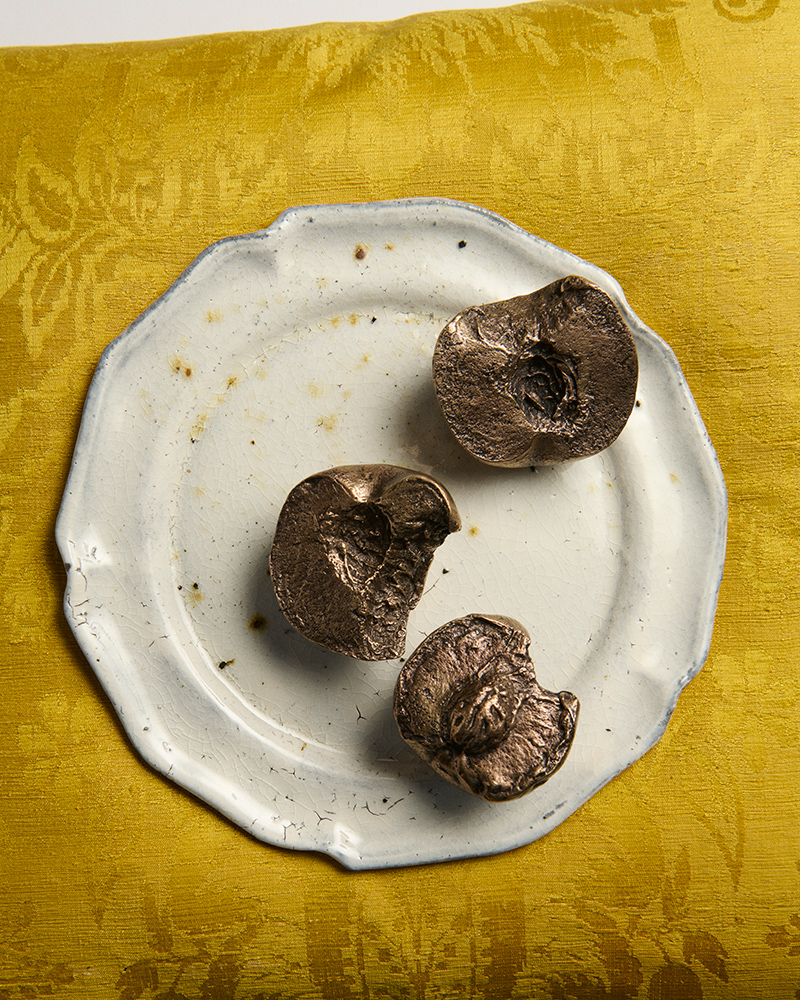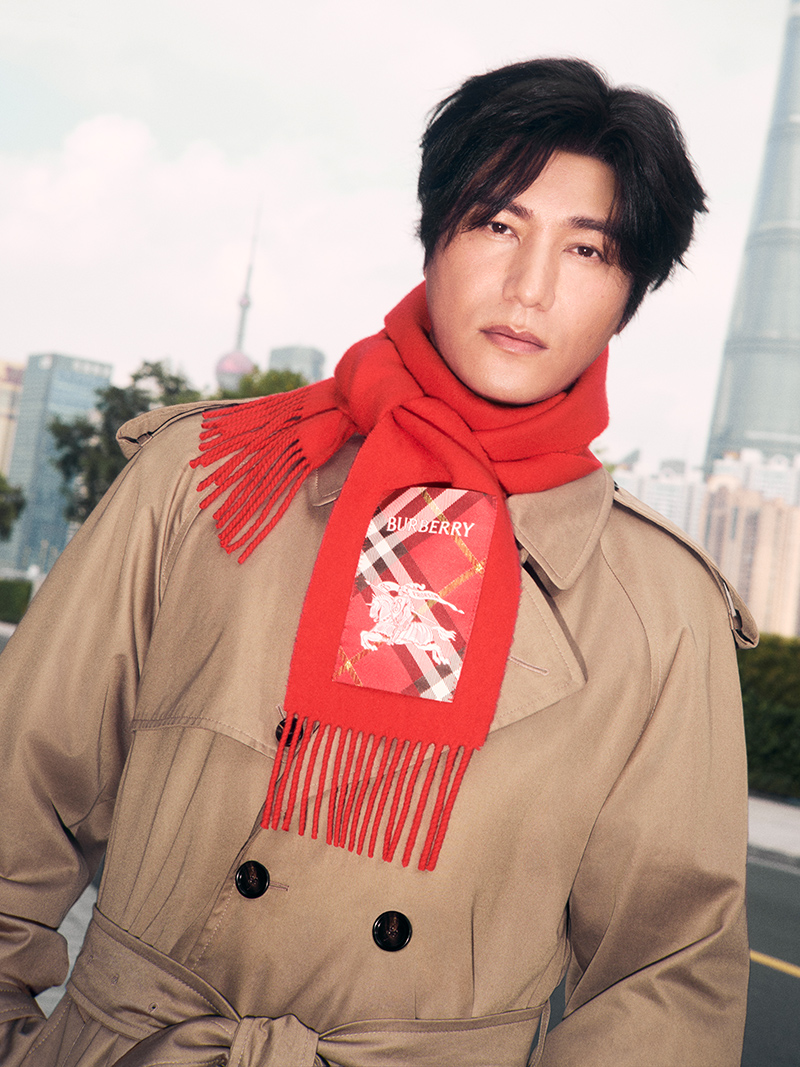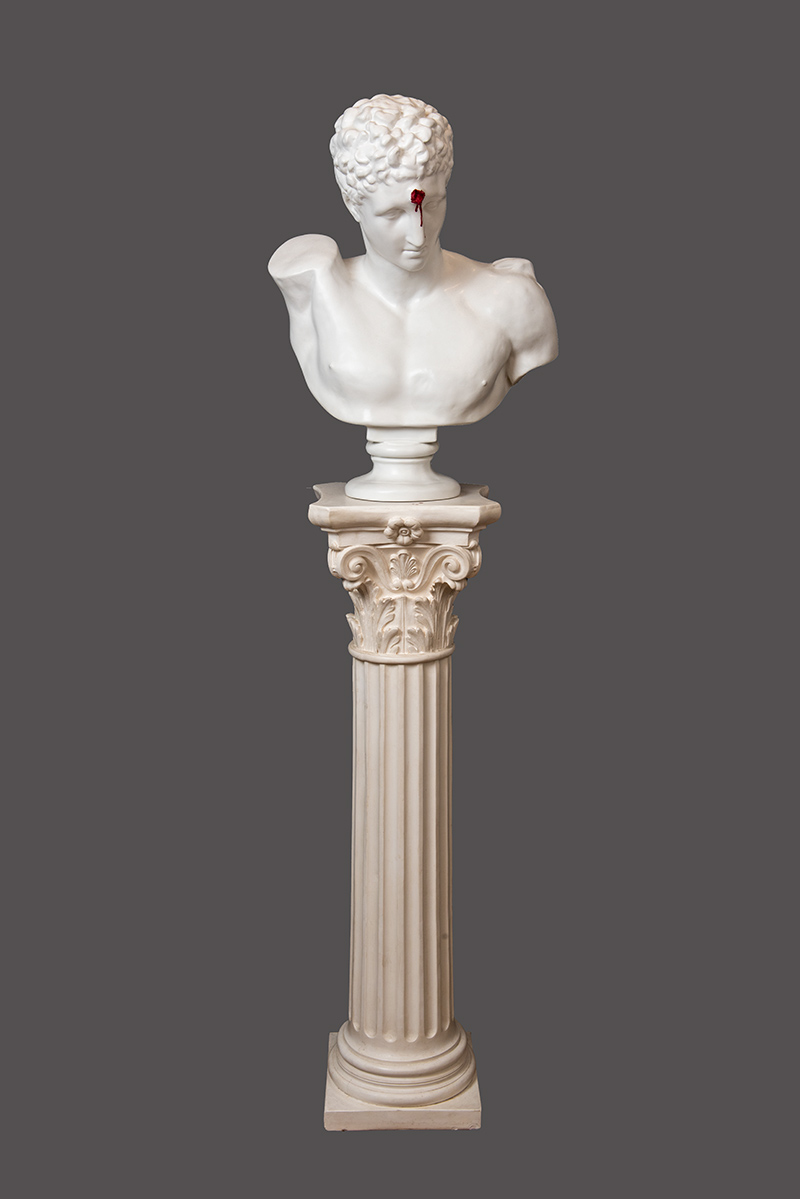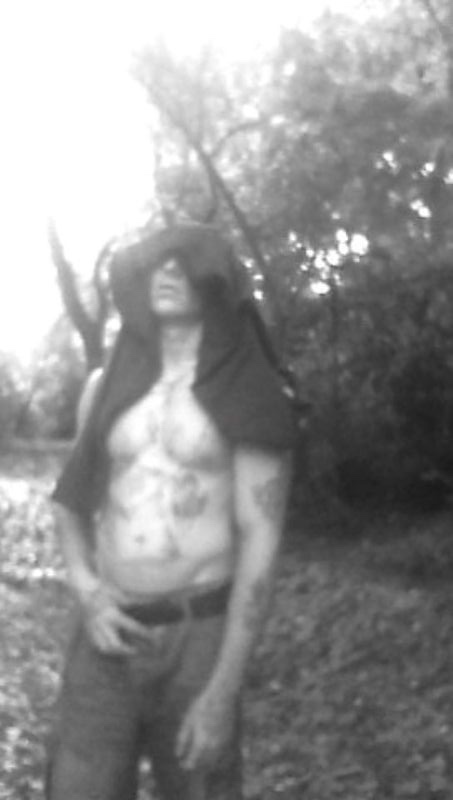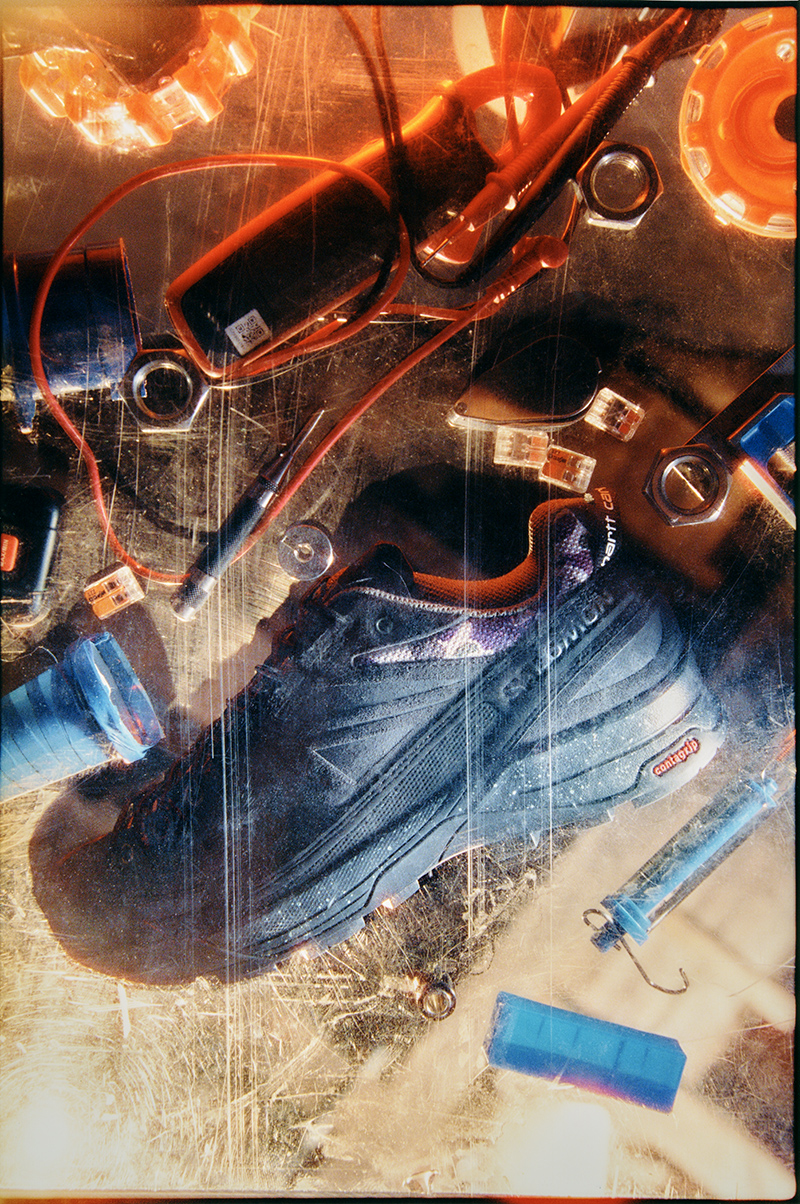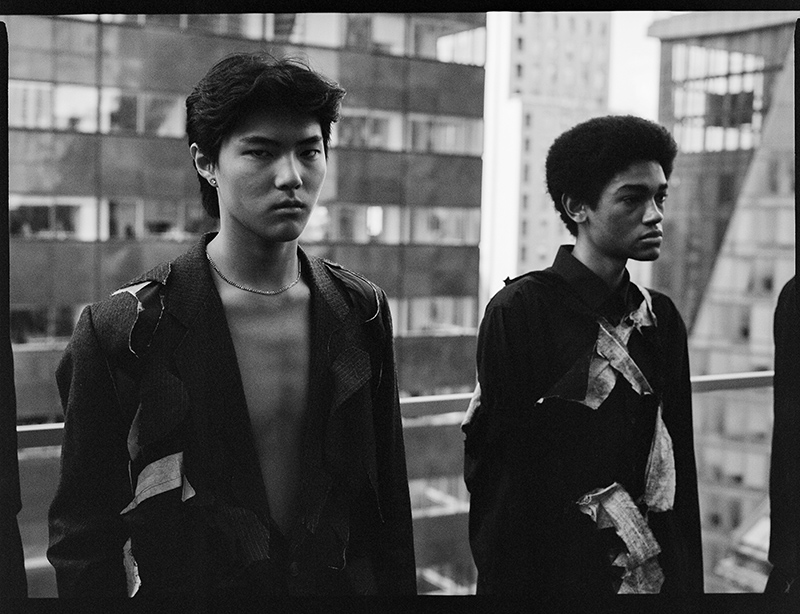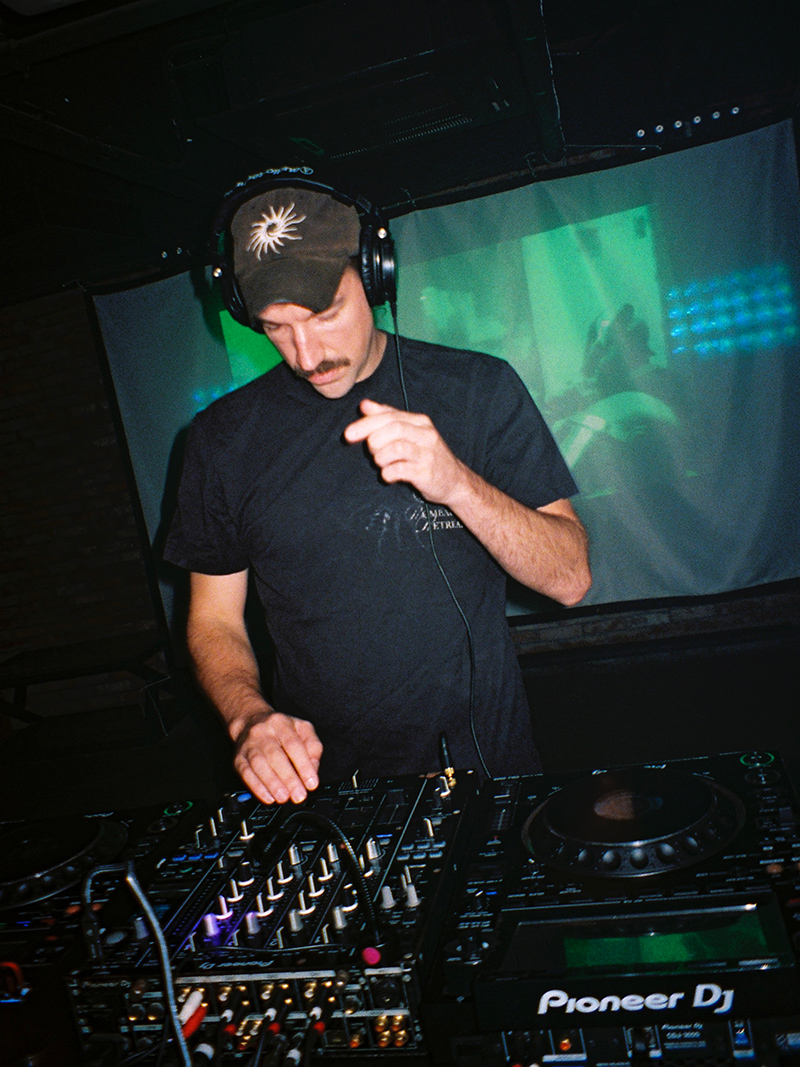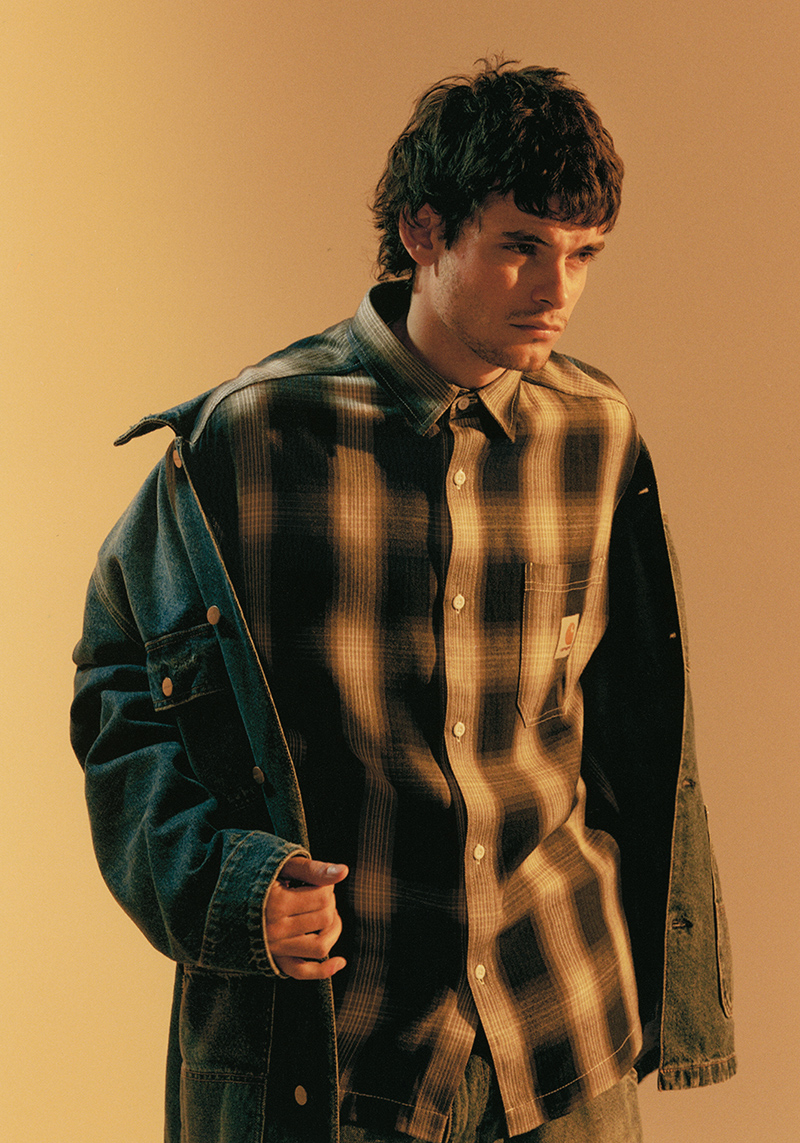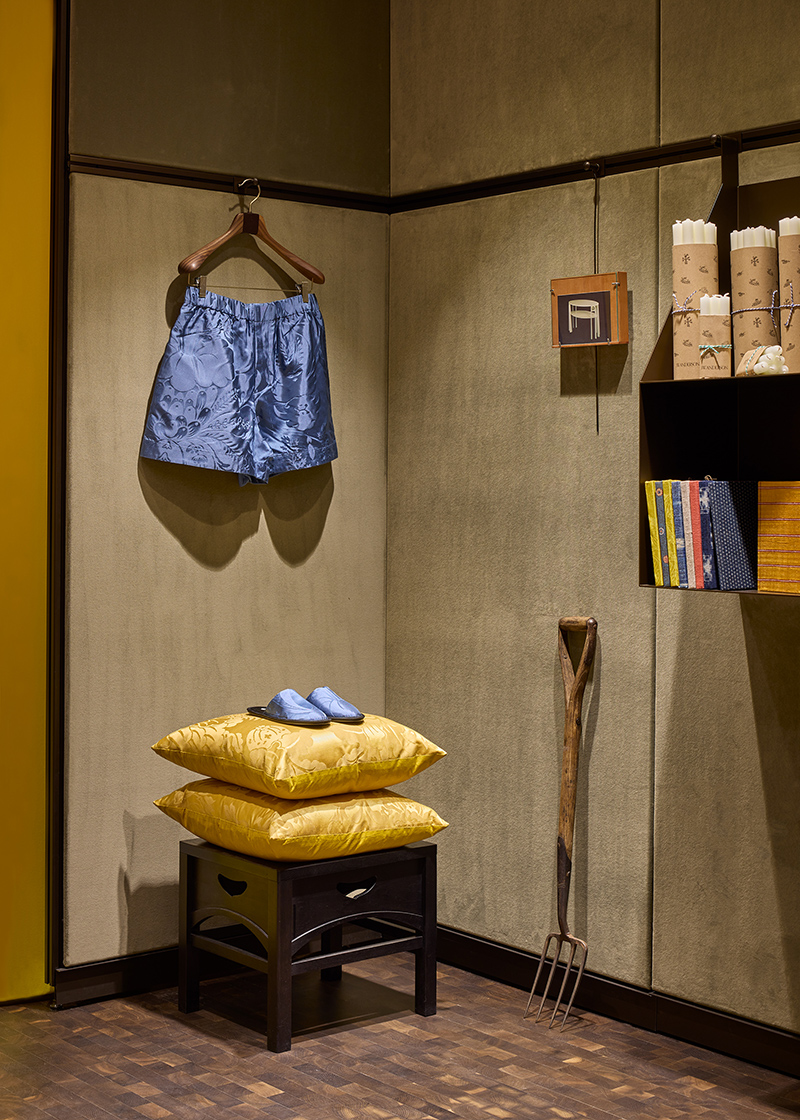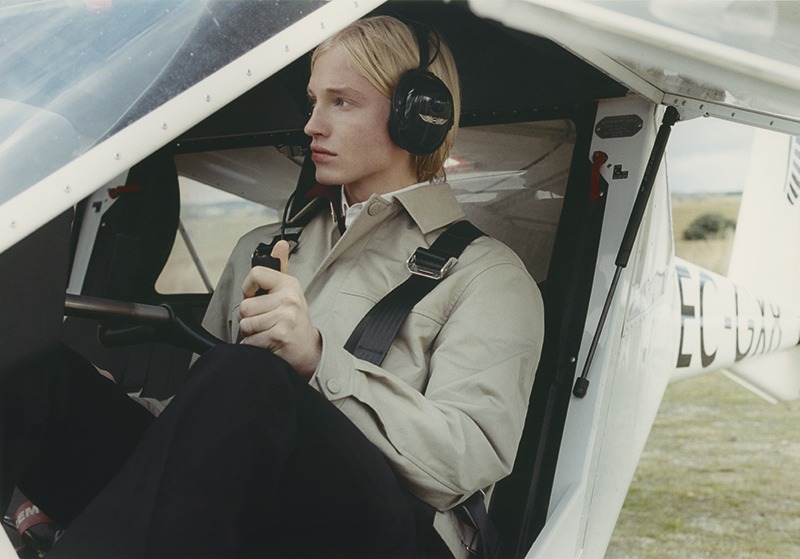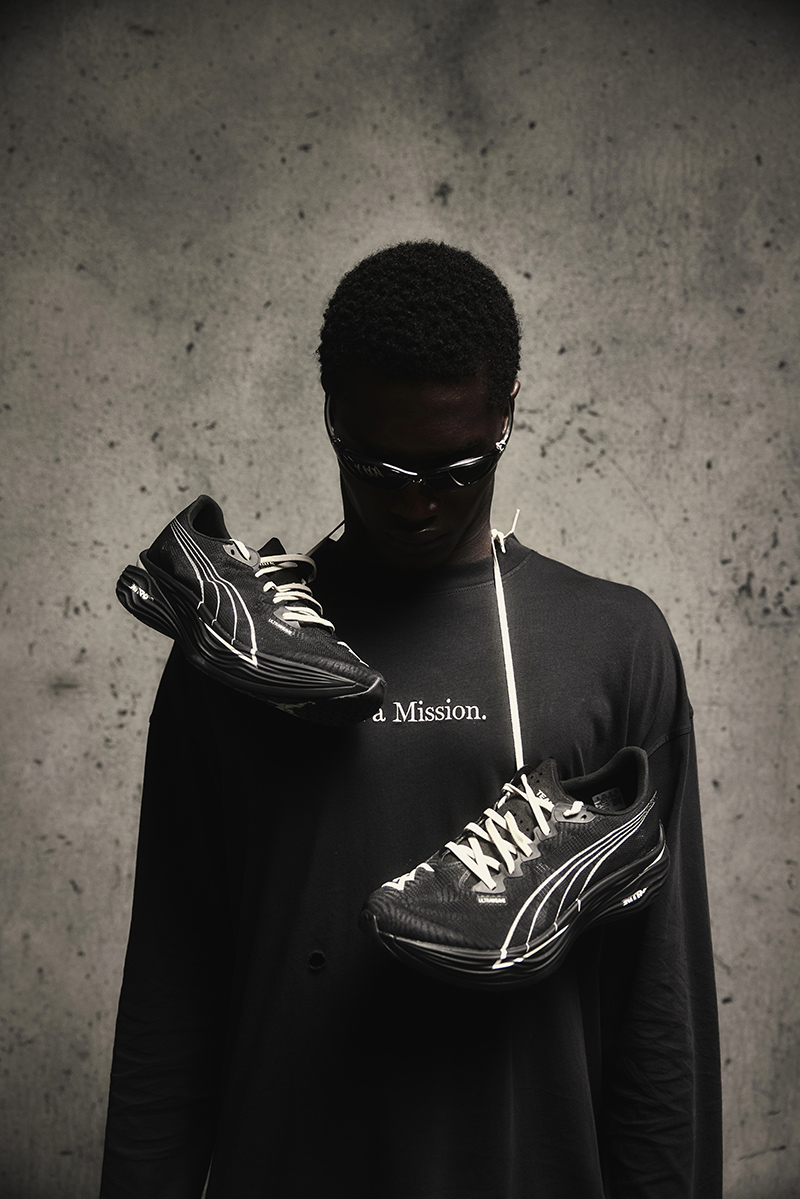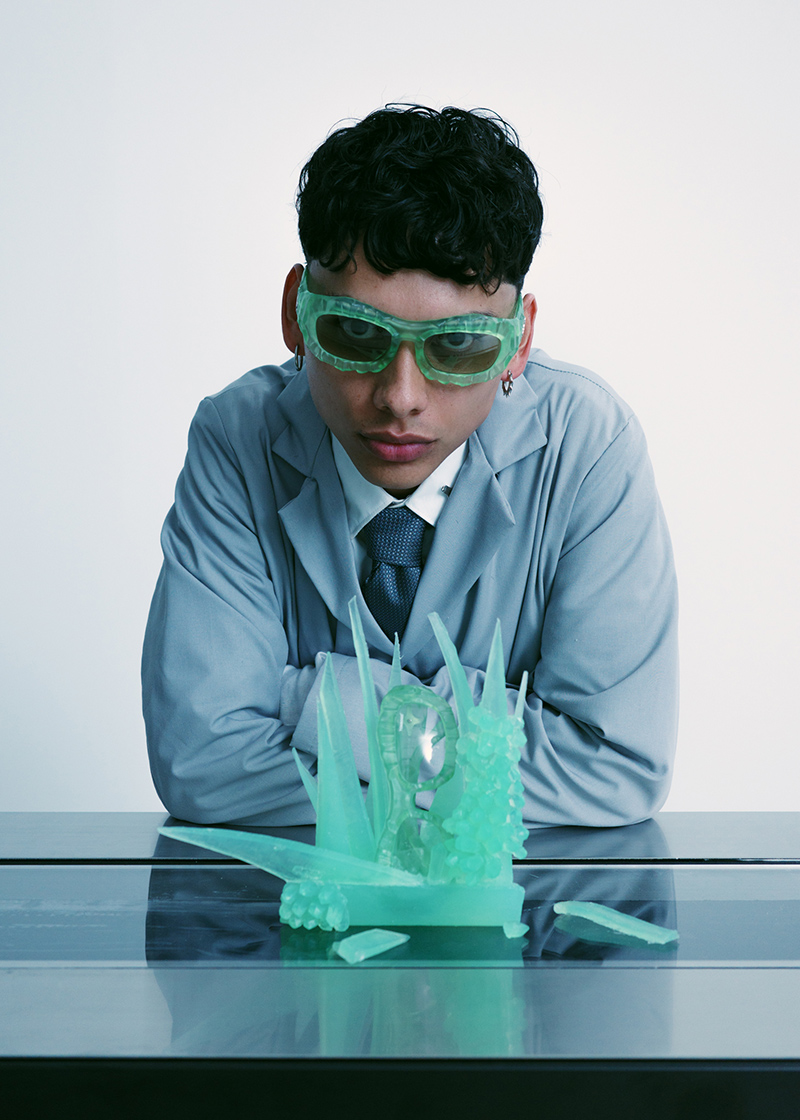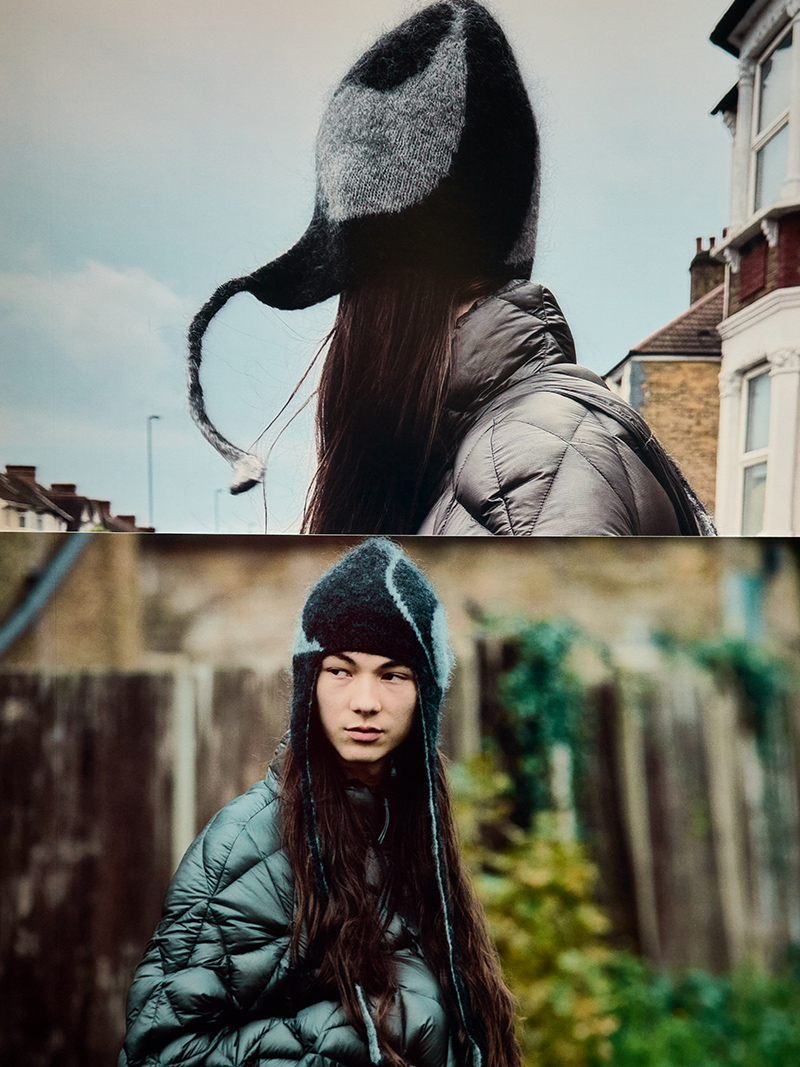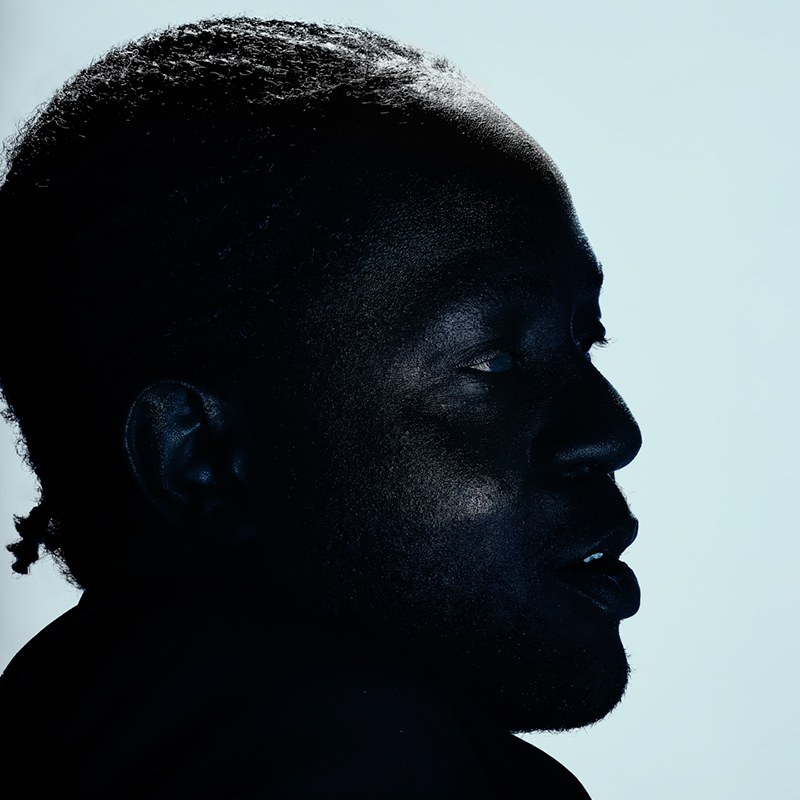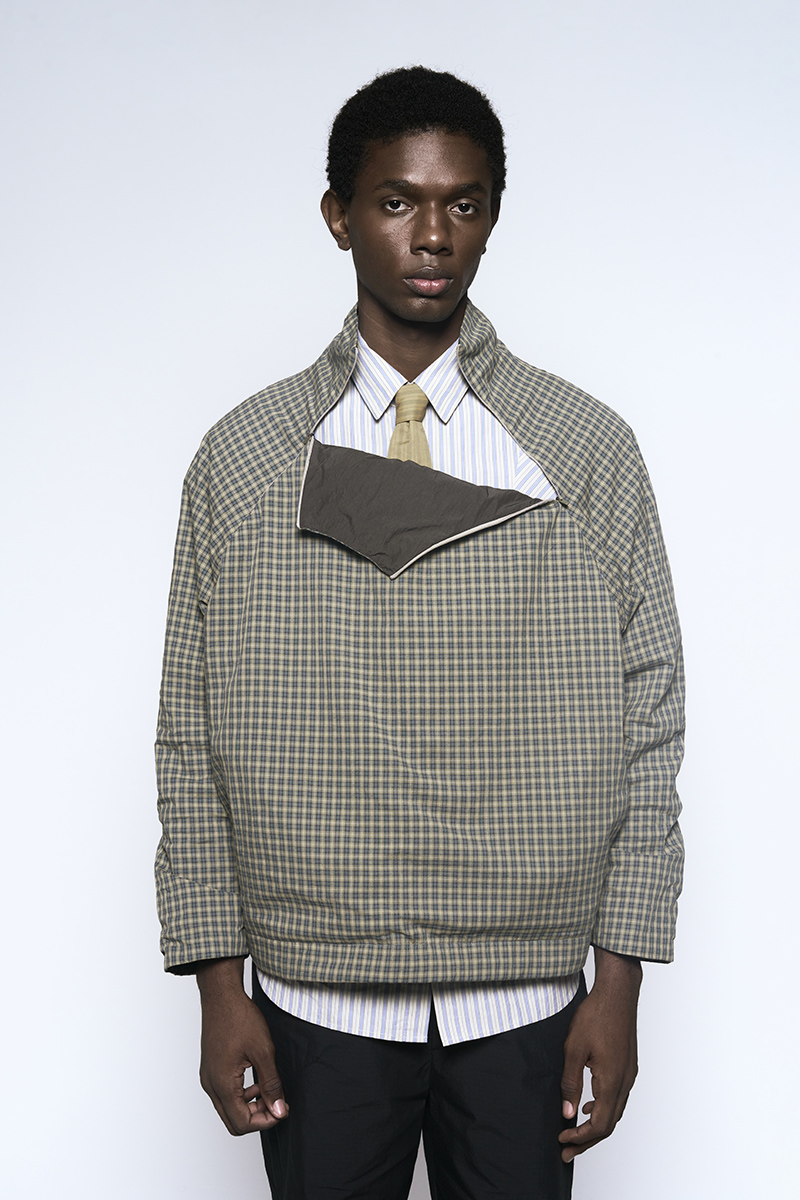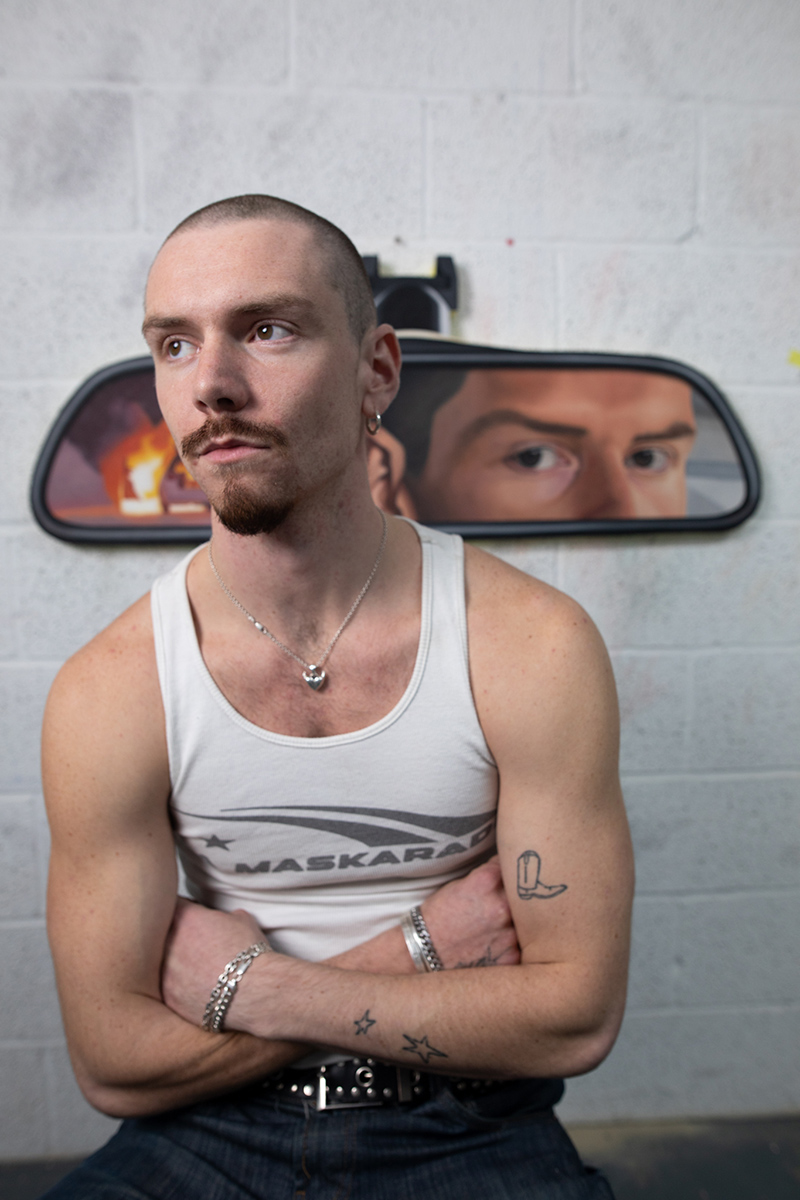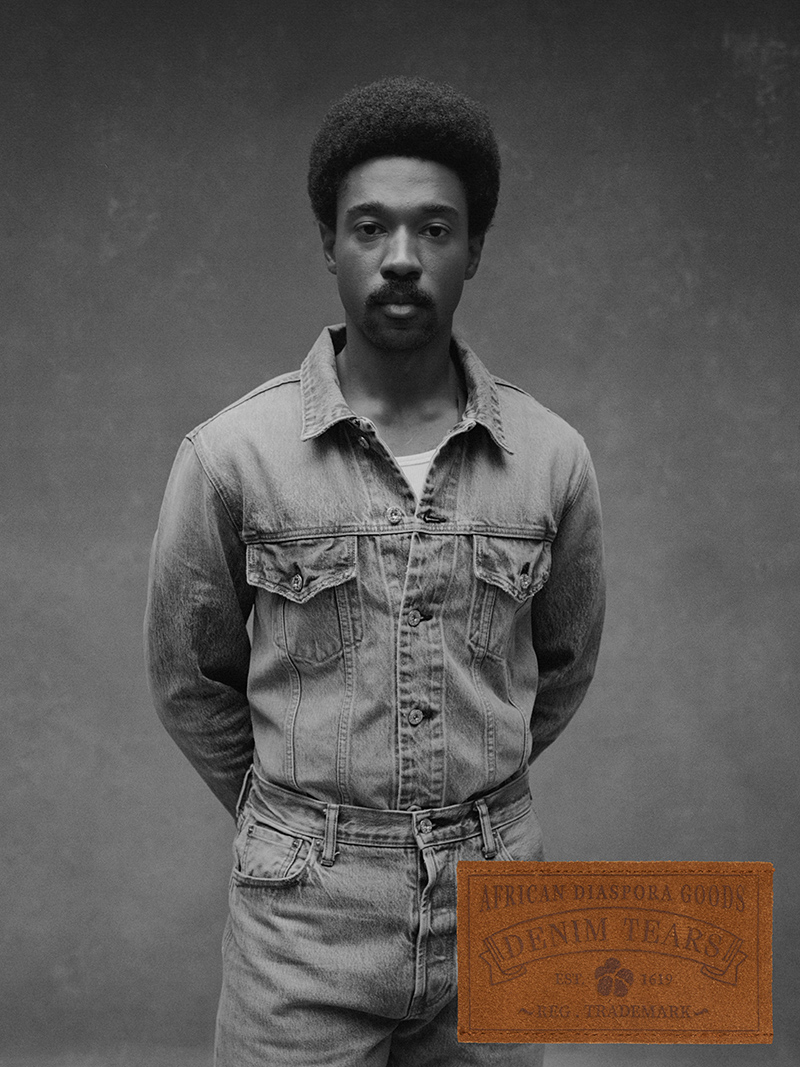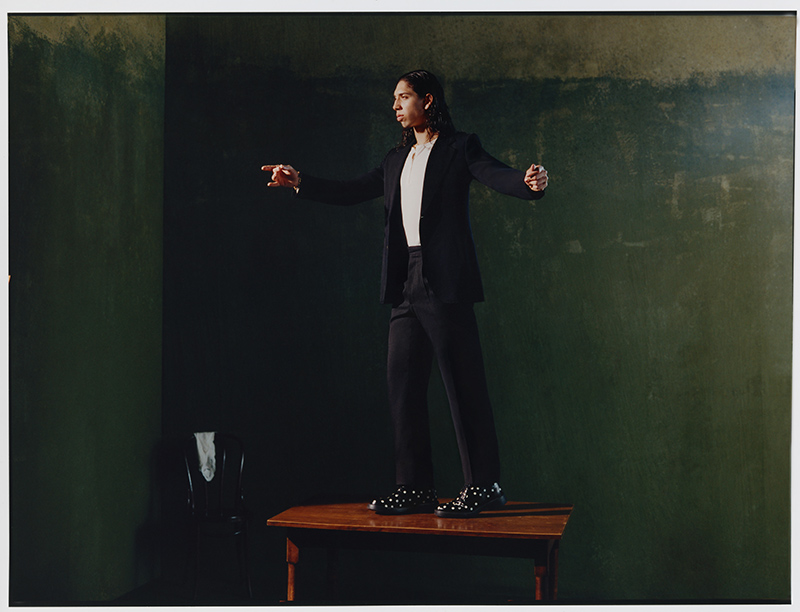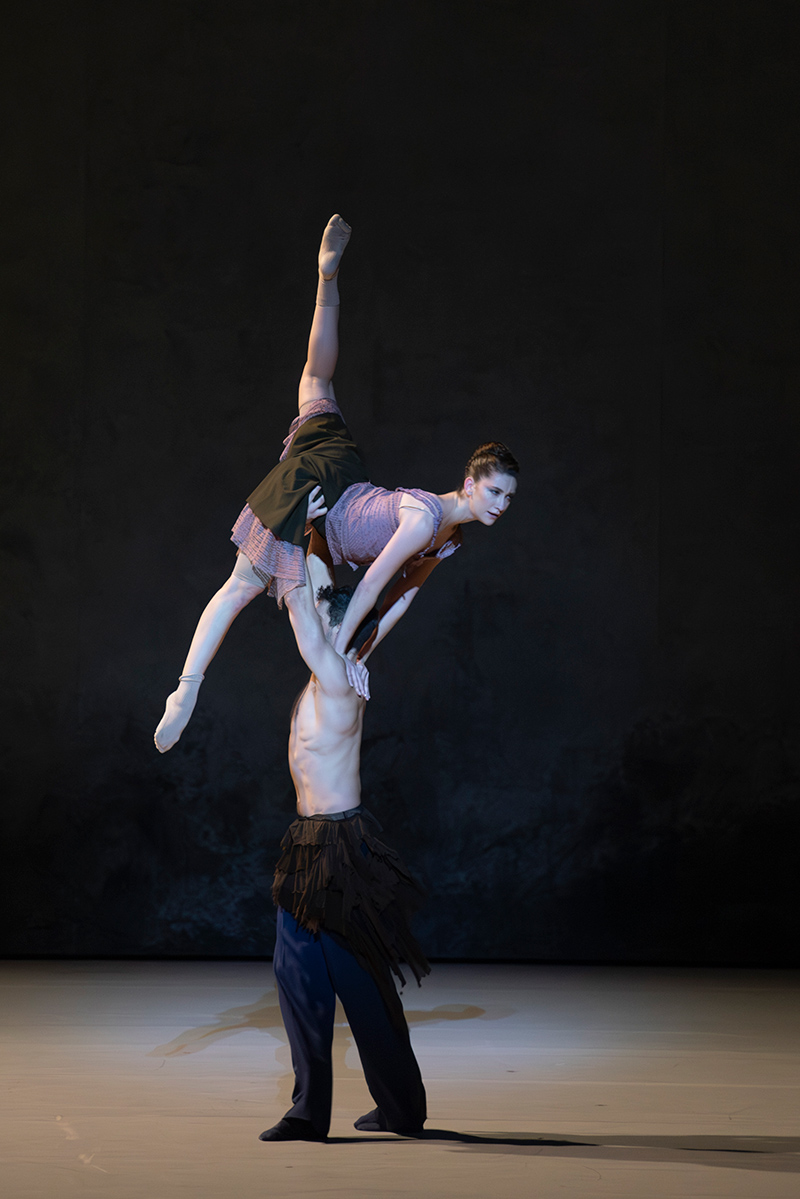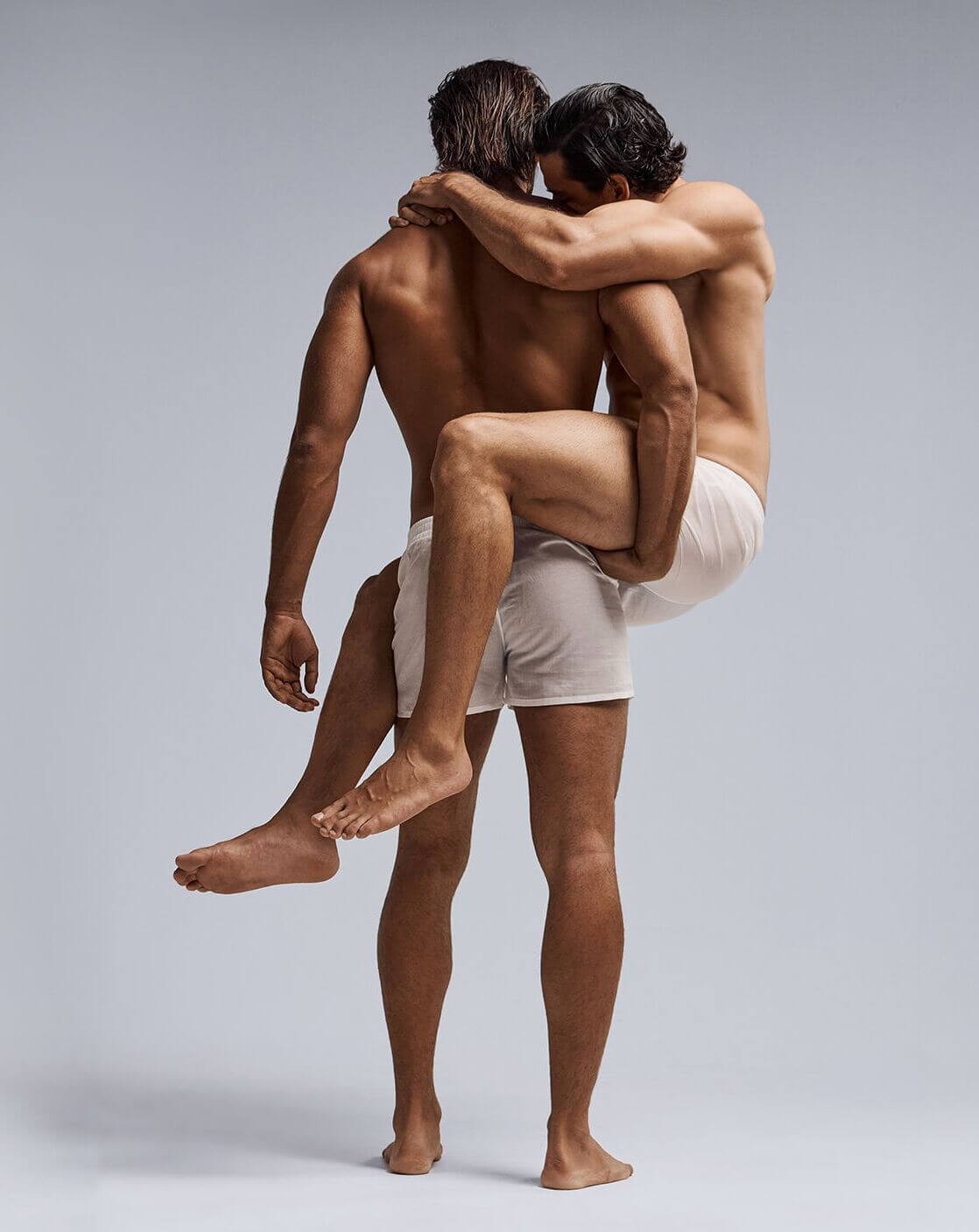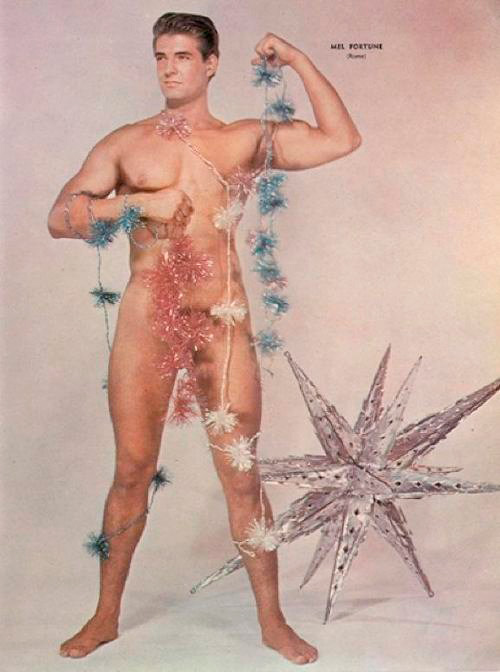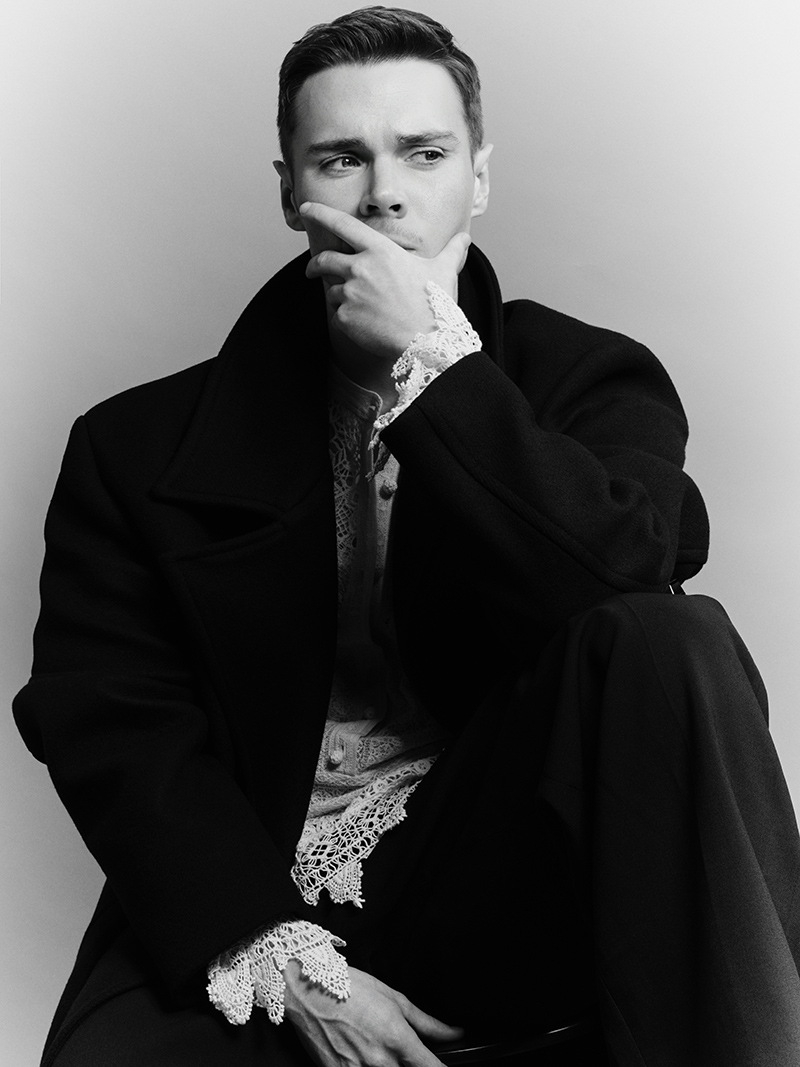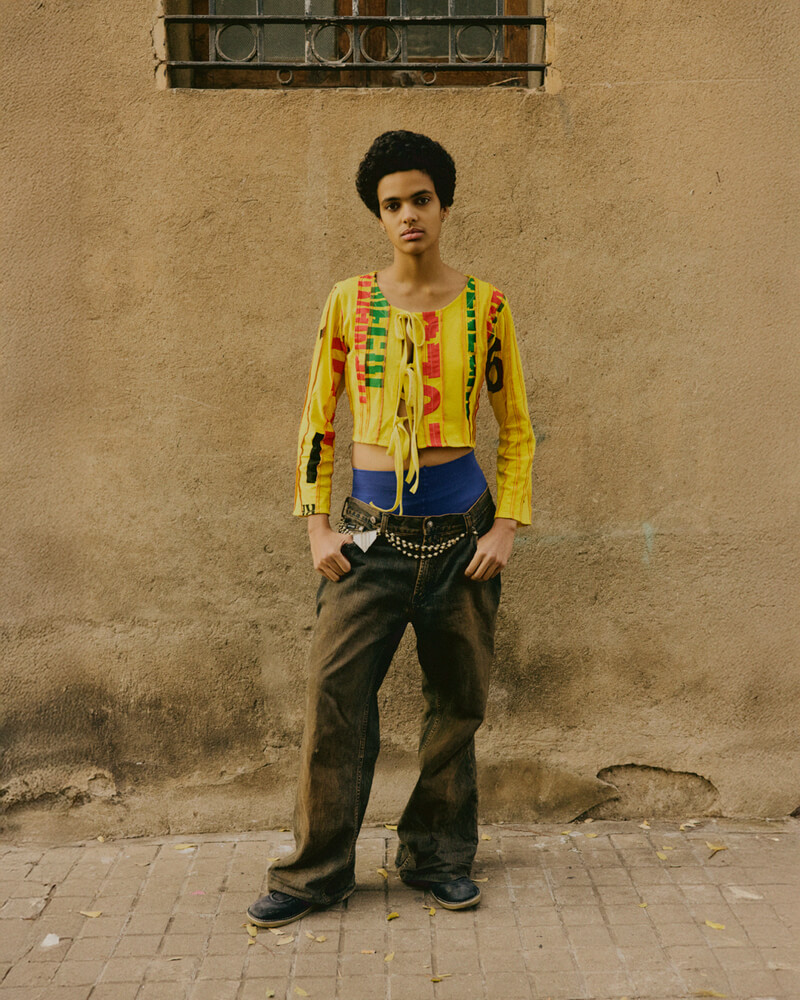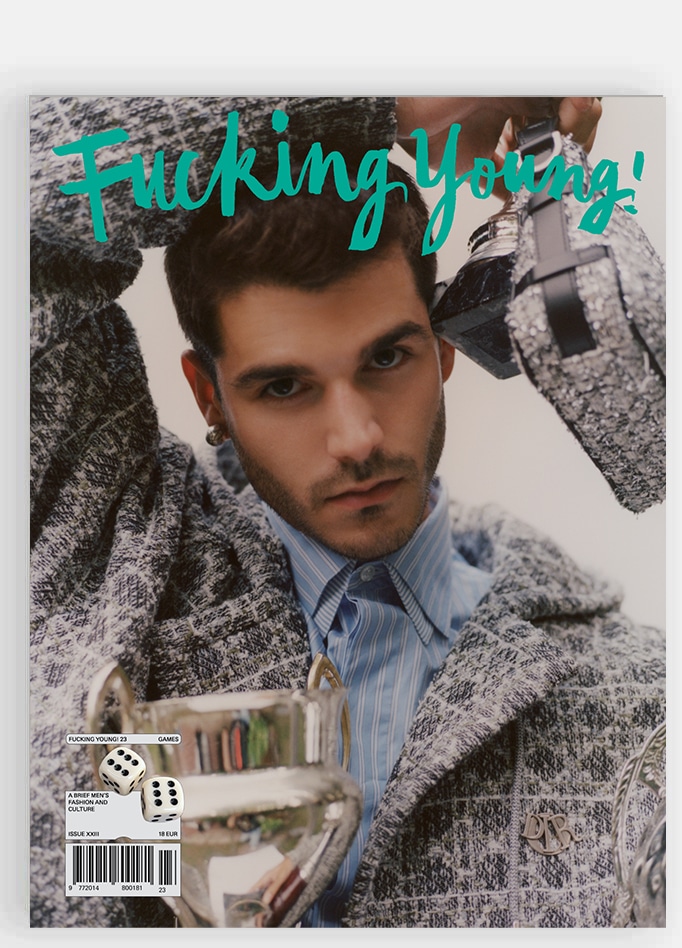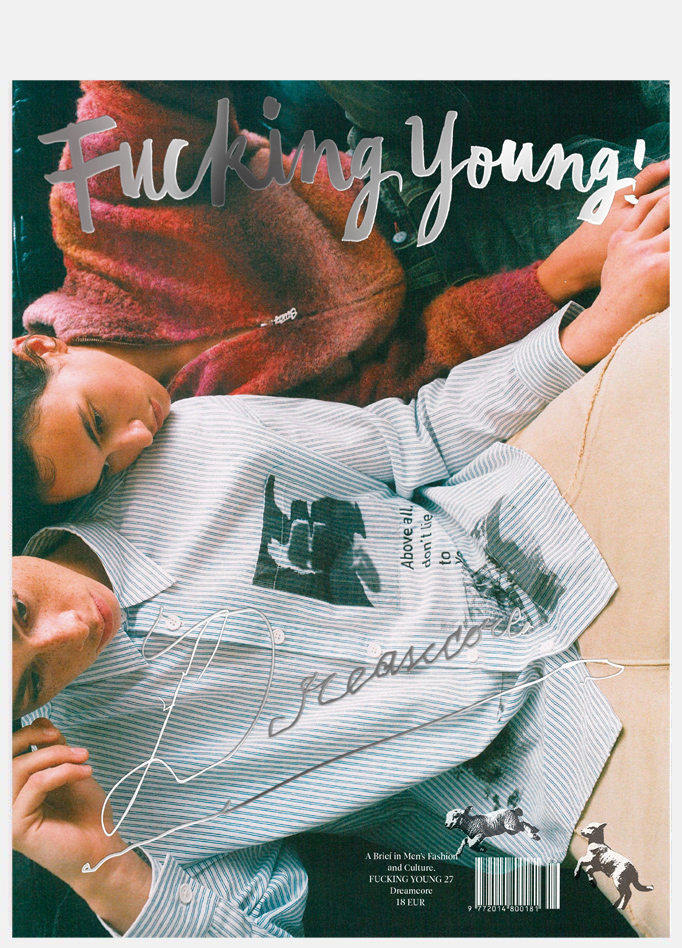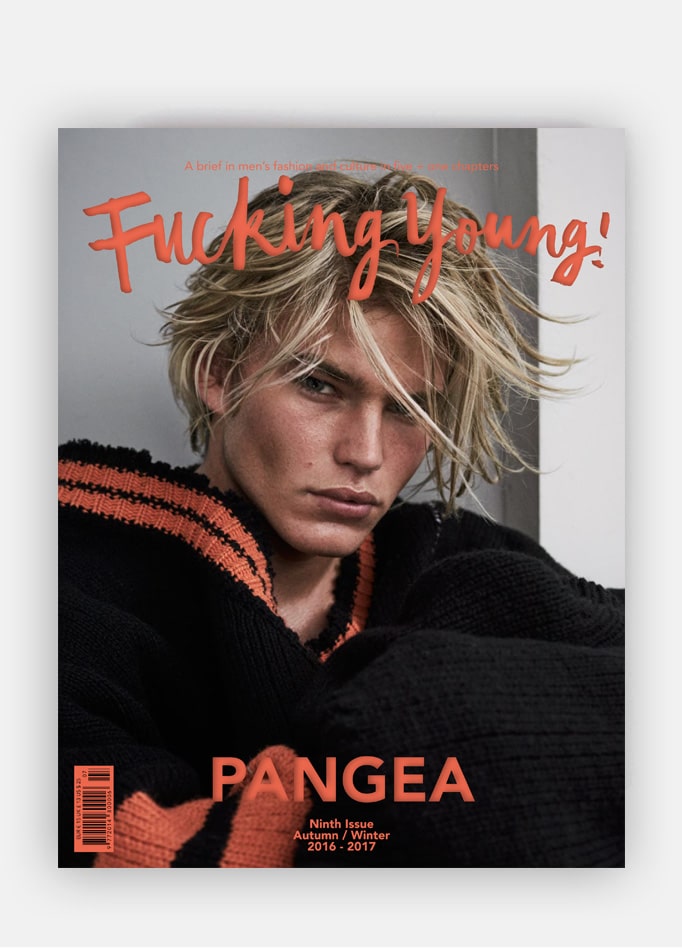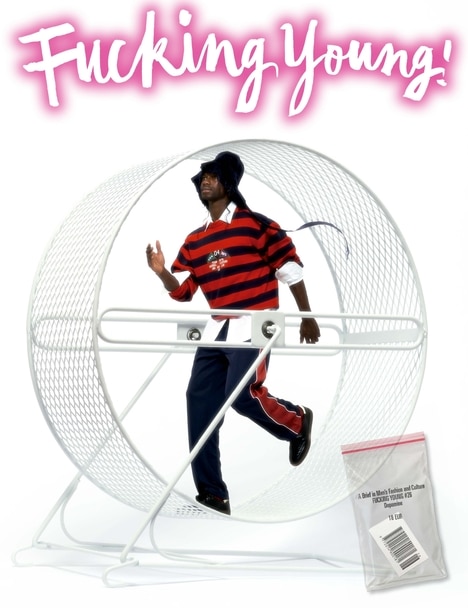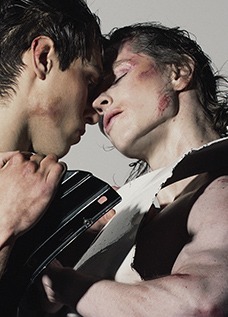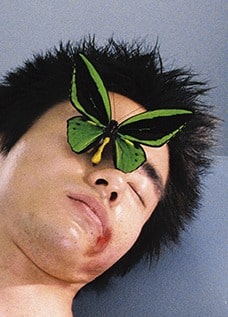At 080 Barcelona Fashion, Andalusian label Lemāchet unveils an intimate, refined collection that turns nostalgia into a statement of style while it celebrates emotion as the new form of masculinity.
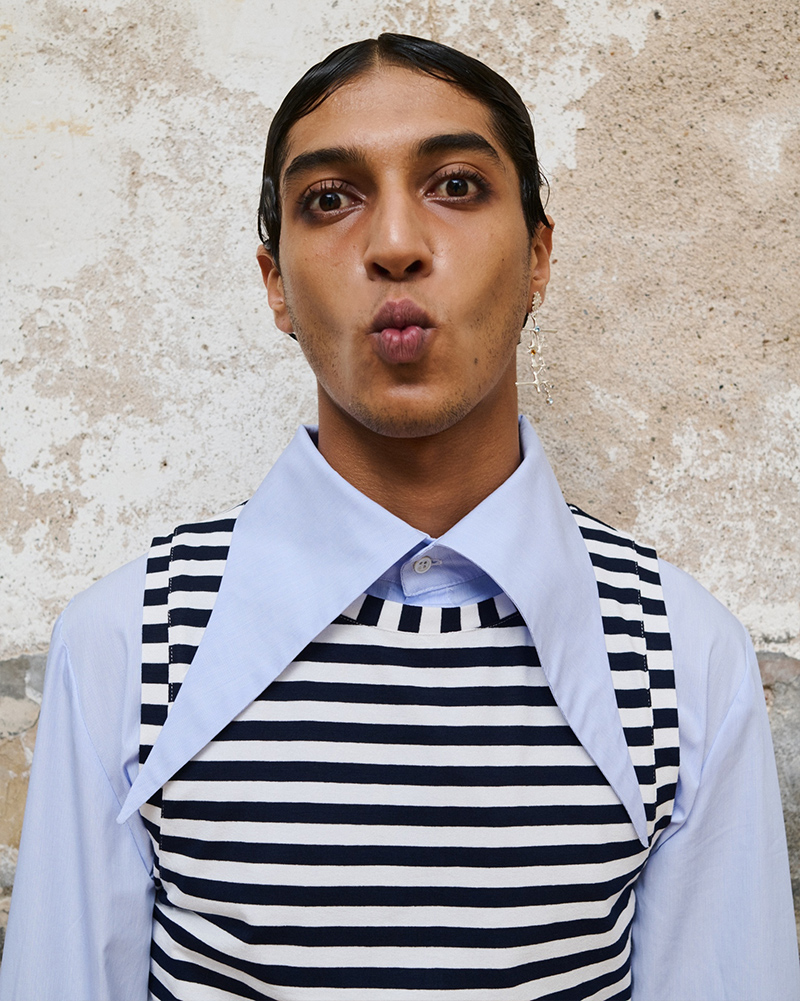
At a time when fashion seems obsessed with speed and spectacle, Lemāchet slows everything down and offers something different: feeling. ‘Catalina’, its latest collection unveiled at 080 Barcelona Fashion, doesn’t seek to dazzle through excess but to move through simplicity. It’s a collection that speaks softly, rooted in memory, and turns stillness into sophistication.
Born from the idea of childhood as an emotional refuge, the collection invites us to look inward. Its garments don’t idealize youth but rather channel the sincerity of first encounters, like the first time beauty felt tangible, creation felt possible, and fashion felt like an actual language.
Through pure, restrained, and quietly seductive silhouettes, Lemāchet created a delicate tension between structure and sweetness – lamé alongside tailoring fabrics, translucent chiffon layered over classic knits, sequins flickering like hidden memories. Every element in ‘Catalina’ is meticulously balanced, since it’s the details that carry the story.
Buttons, turned into the collection’s signature, become symbols and embody memory, gesture, and origin like a thread that ties craft to intimacy and the past to the present. The palette stays soft and luminous, building a visual language of tenderness and restraint, redefining masculinity as something emotional, free, and beautifully vulnerable.
We spoke to Lucía Sánchez, Lemāchet’s creative director, about turning childhood memories into design, the quiet strength of vulnerability, and the beauty of trusting the process.
‘Catalina’ was born as a kind of happy refuge created in childhood. What memories shaped that refuge?
Many happy memories: moments when I experimented with fashion after watching Eurojunior, when I played with my cousin, when I pretended to be an event planner with my sister… Just lots of beautiful memories. And every one of those moments is reflected in ‘Catalina’, many of the looks represent an image or a side of that childhood.
Apart from those memories, what else inspired you?
I also drew from old photographs that allowed me to reinvent the fashion of that time. In fact, there’s a shirt inspired by a picture of my grandfather. I don’t know why, but whenever I look at it, I feel like he would have been very Lemāchet.
How did you translate all that inspiration into the pieces?
It’s reflected both in the mix of fabrics, prints, and colors, and in the craftsmanship behind each garment. Every piece has something that makes it belong to ‘Catalina’: there’s cross-stitch embroidery, buttons, and smocking.
Why ‘Catalina’? Where does the name of the collection come from?
Catalina was my great-grandmother’s name. I felt there couldn’t be a name that defined the collection better.
How do you turn nostalgia into an aesthetic tool without falling into melancholy?
I’m not sure. Maybe because I created this collection from a place of love and gratitude rather than sadness. I’m so thankful to that little girl who decided to experiment and create. I simply couldn’t do it any other way.
In the collection, buttons are an intimate symbol linked to your grandmother. In what way?
Buttons were my first contact with fashion. When I was little, I used to spend many afternoons with my grandmother, who was a seamstress, and to keep me entertained she’d give me a piece of fabric and a bunch of buttons to sew. Later, she’d turn it into a little bag for me.
What role does personal memory play in your creative process?
In this collection, a very important one. Old photos and personal memories helped give the collection a coherent, fully formed creative universe.
The color palette of ‘Catalina’ is soft and serene. What did you want to convey with that balance between tenderness and simplicity?
I wanted to express happiness, calm, and fun. The palette doesn’t include bold colors, but we do use daring fabrics that bring the designs to life.
For the show, you collaborated with Hune for the footwear. How was that experience?
Collaborating with a brand like Hune has been a unique opportunity, and we’re so grateful for it. This collaboration helped us create that very ‘Catalina’ universe I mentioned earlier.
This isn’t your first time showing at 080 Barcelona Fashion. What is it about this platform that draws you in so much?
For me, 080 Barcelona Fashion represents the people who believed in me when I didn’t even believe in myself. They always motivate me to keep expressing myself through fashion. They make me feel part of a family and there’s nothing more beautiful than that.
Lemāchet starts from an essential question: “What does masculinity mean to you?” How has your answer evolved since the brand began?
It’s still a very necessary question, both for the brand and in life. My answer remains the same: masculinity is a kind of energy that lives within us and helps us be stronger and more powerful, regardless of gender. But we mustn’t forget the importance of balance.
What’s the most important thing to keep in mind as the creative director of your own brand?
The most important thing—and what’s helped me the most this year—is to have faith and trust the process. I like to believe in “divine timing”. Everything happens at its own pace, even if sometimes it’s later than you expect. Those who stay are the ones who endure, and here I am, enduring.
If ‘Catalina’ is your refuge, how do you imagine the next chapter of Lemāchet? Where would you like the brand to evolve emotionally?
With ‘Catalina’, I’ve revealed a side of myself I hadn’t shown before. I don’t know where Lemāchet will go or what the future holds, but I feel lucky for the reception we’ve had and for how much men’s fashion has evolved in such a short time. For now, the next chapter is Lemāchet’s Wedding. We’re getting married next year in Barcelona, and we want to make our wedding a true Lemāchet event.
